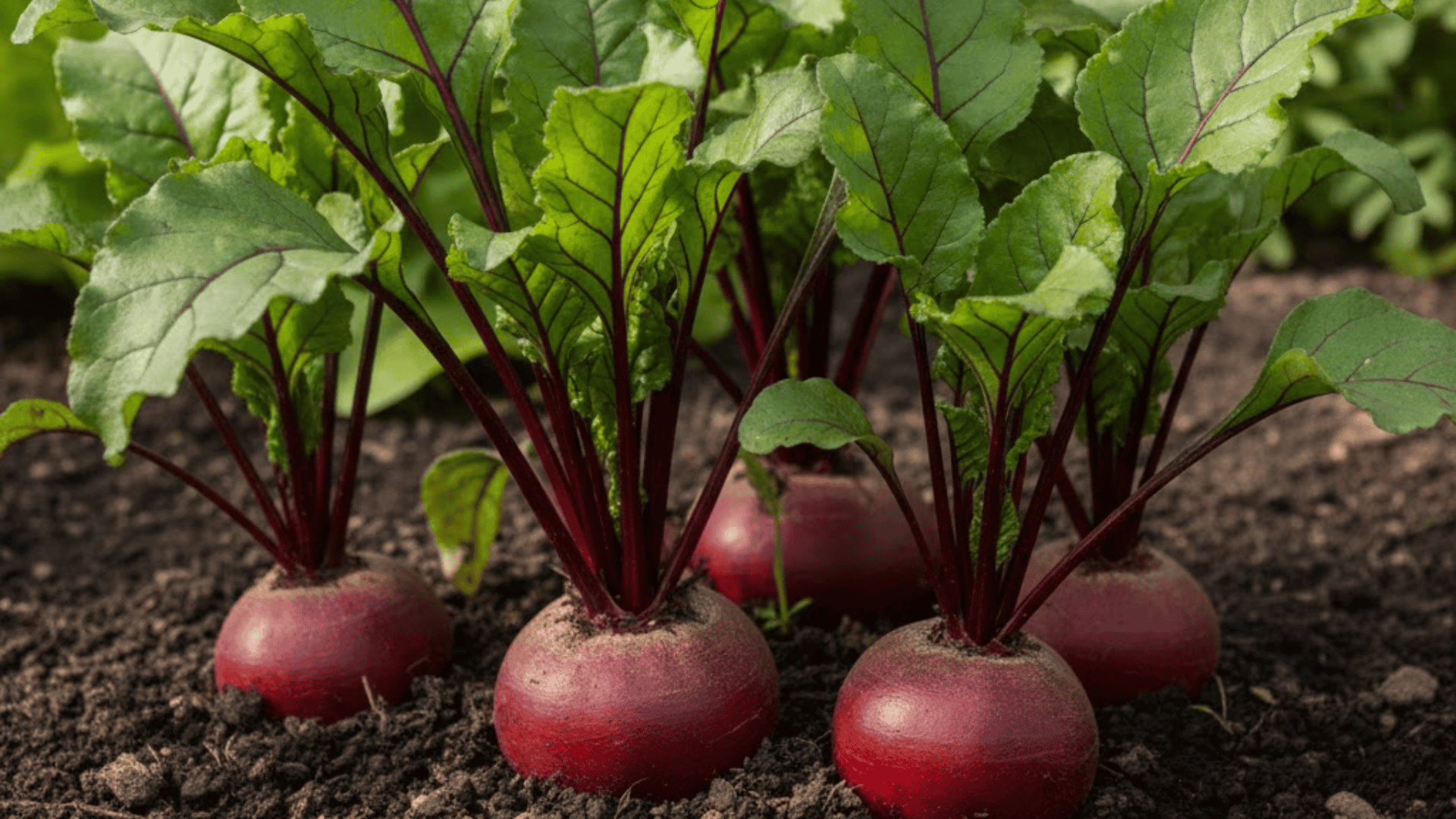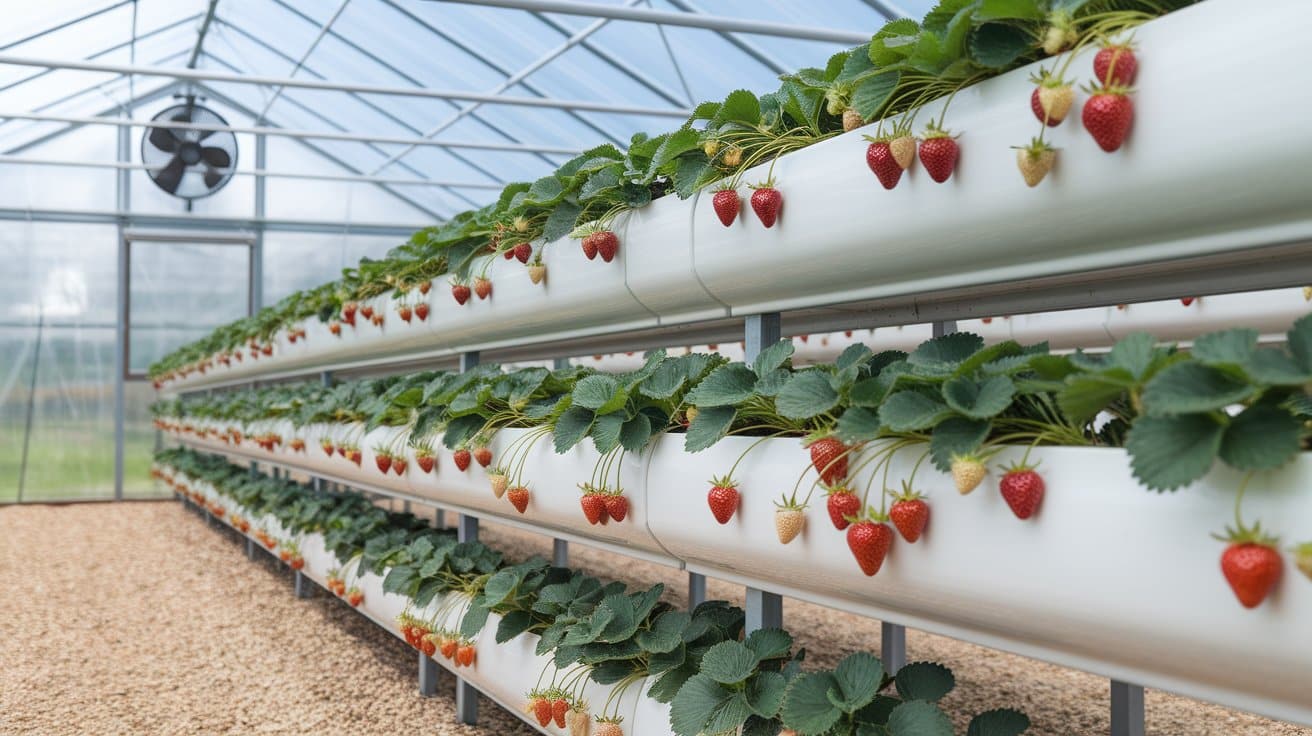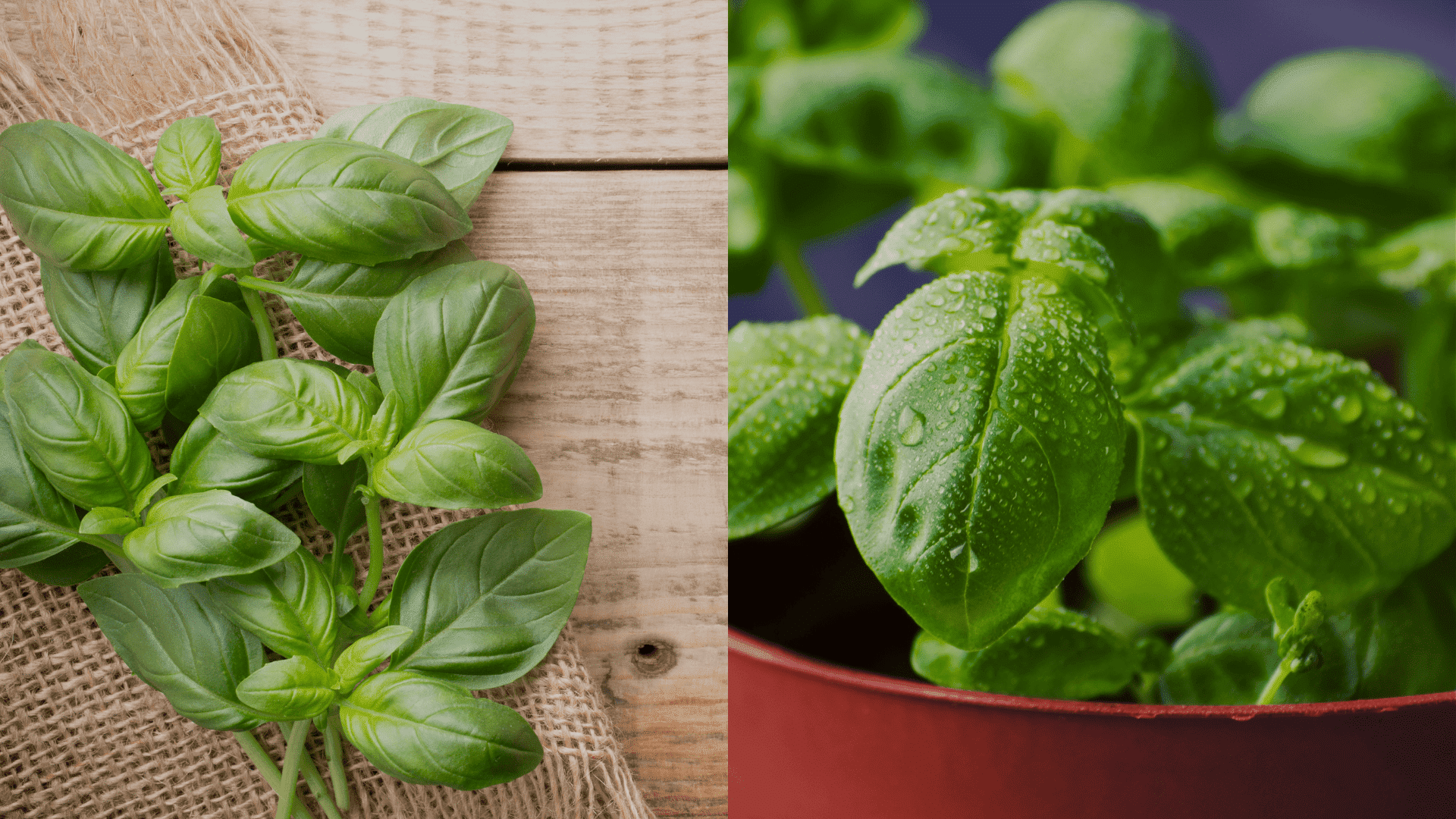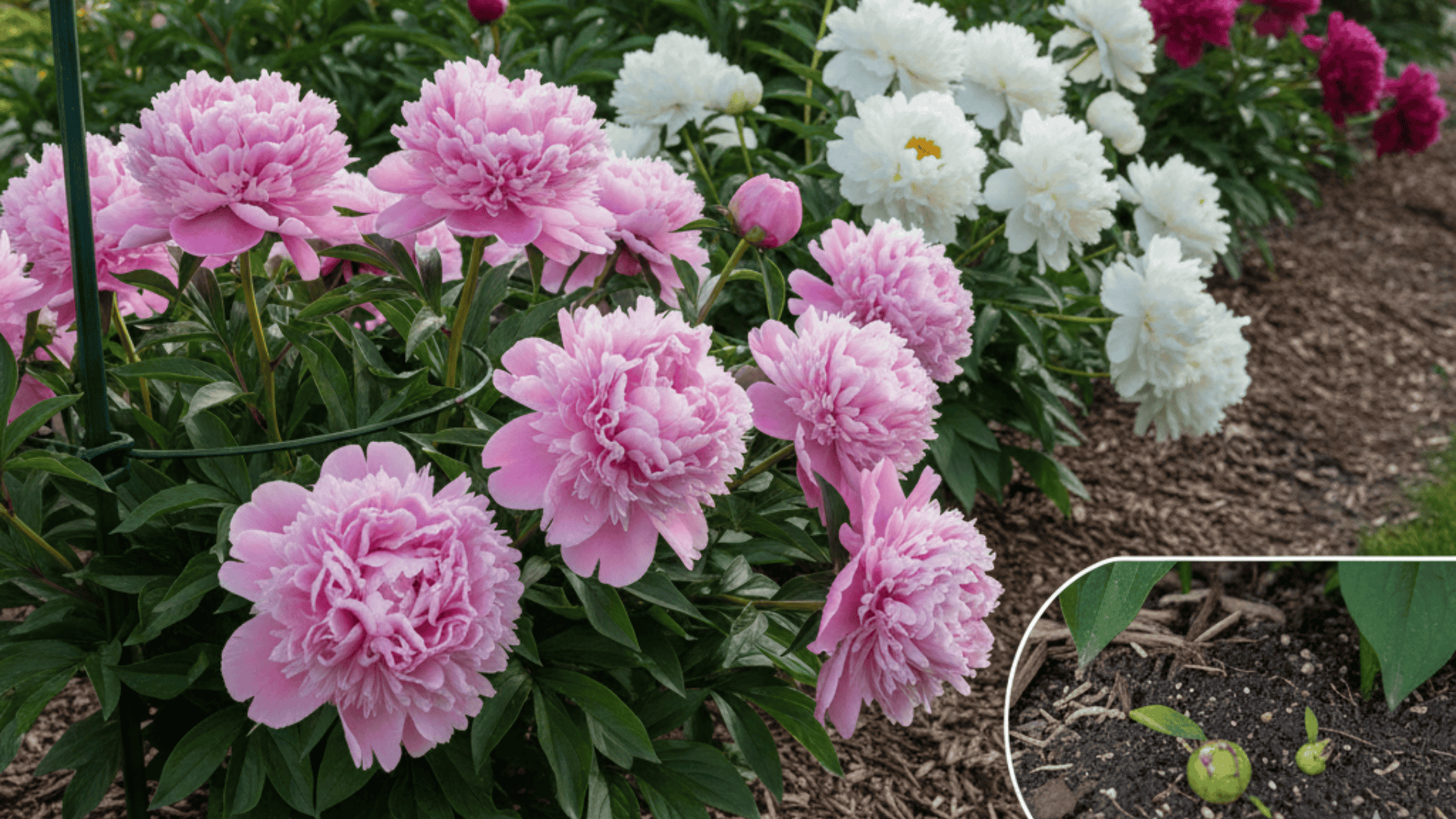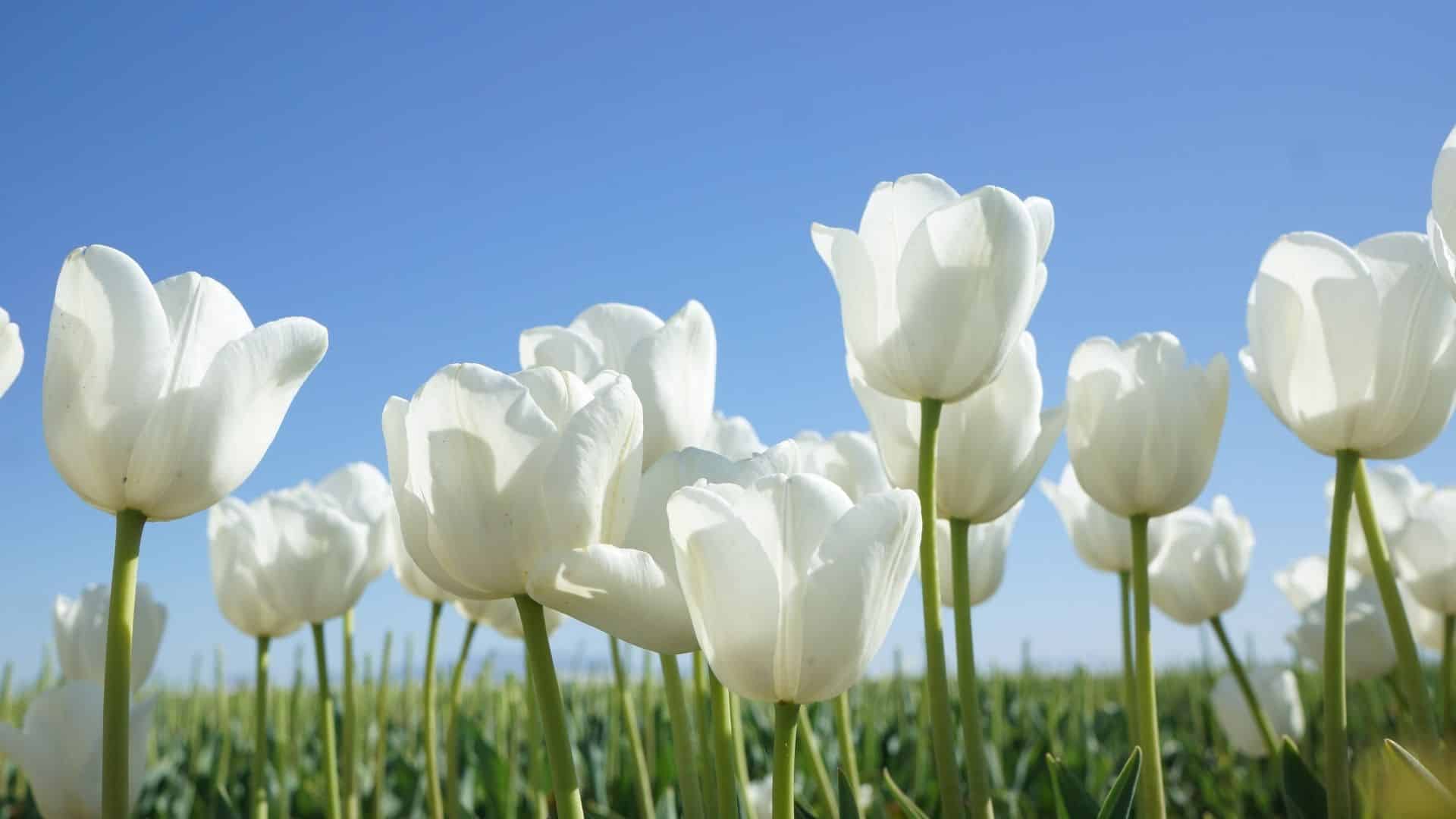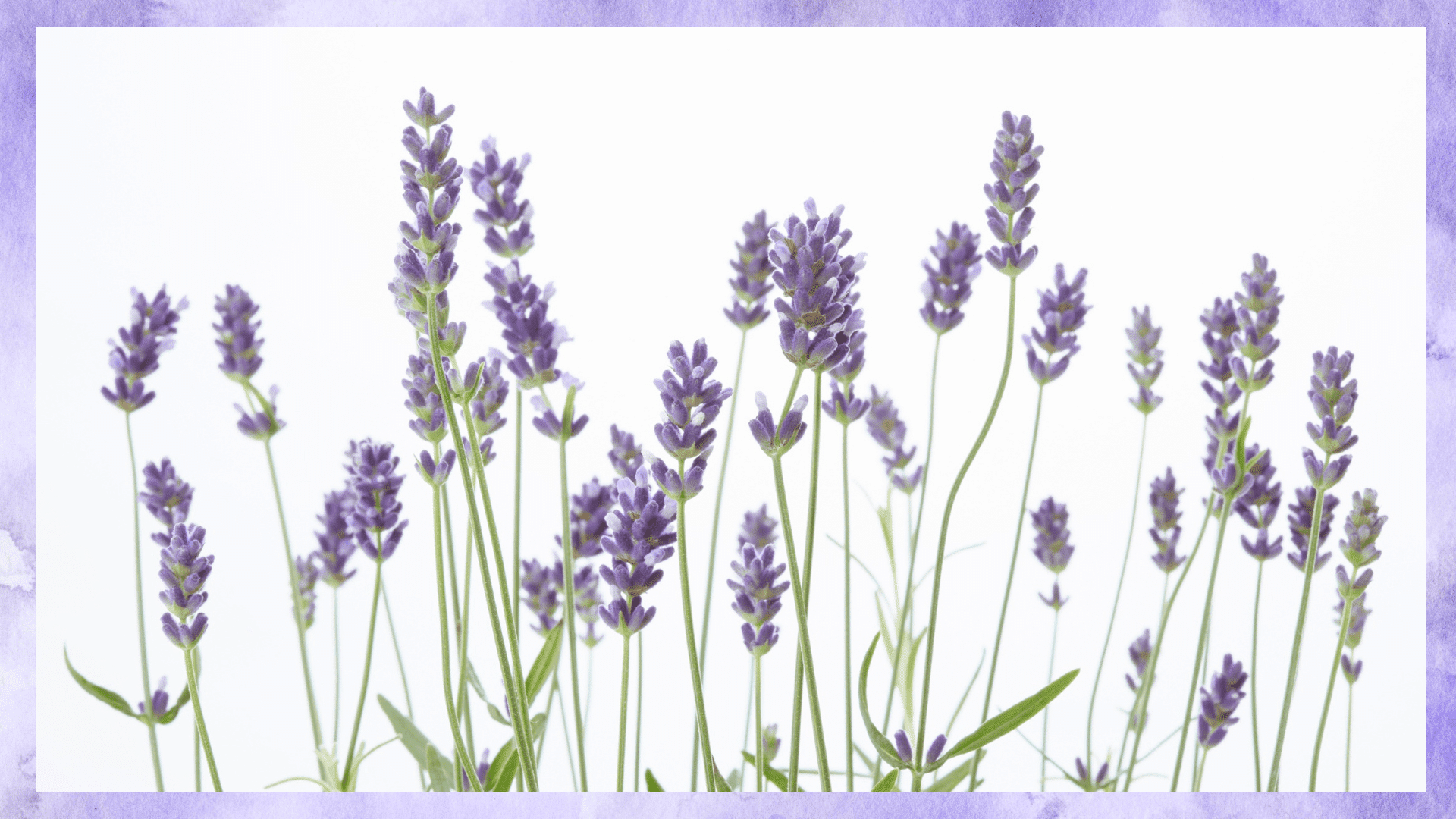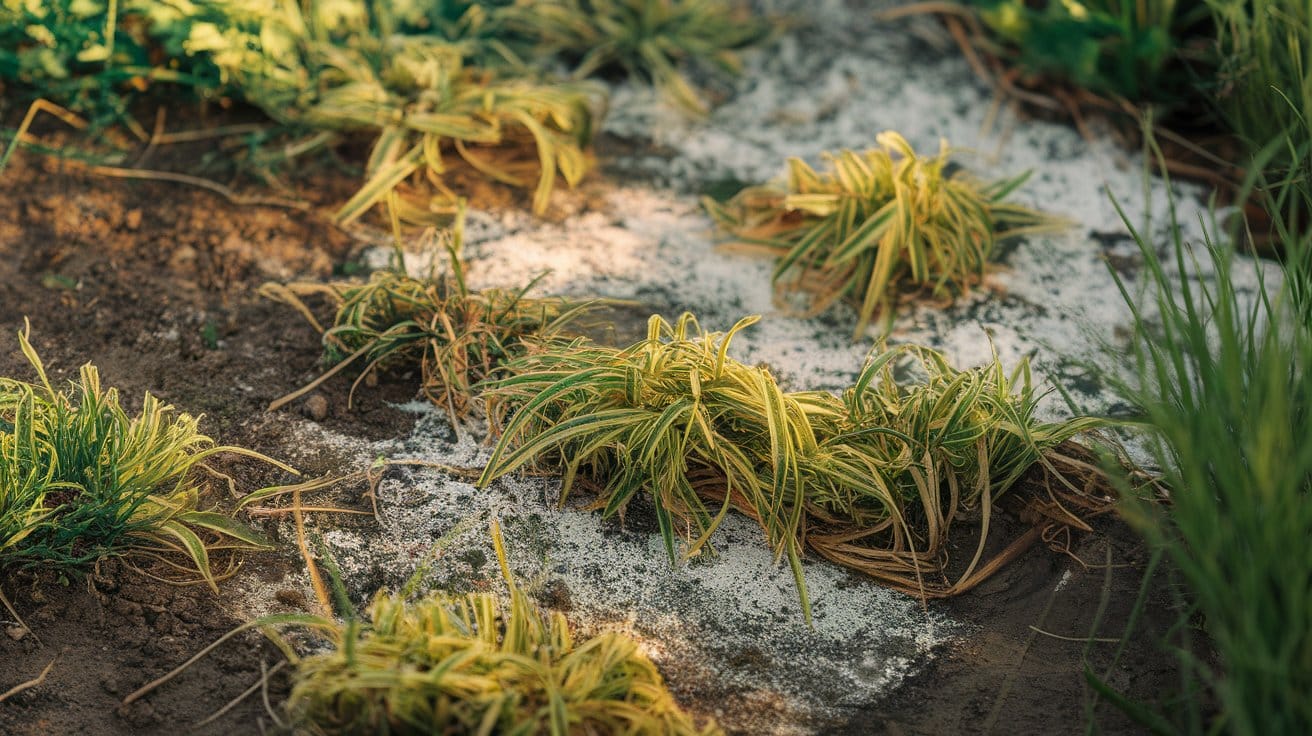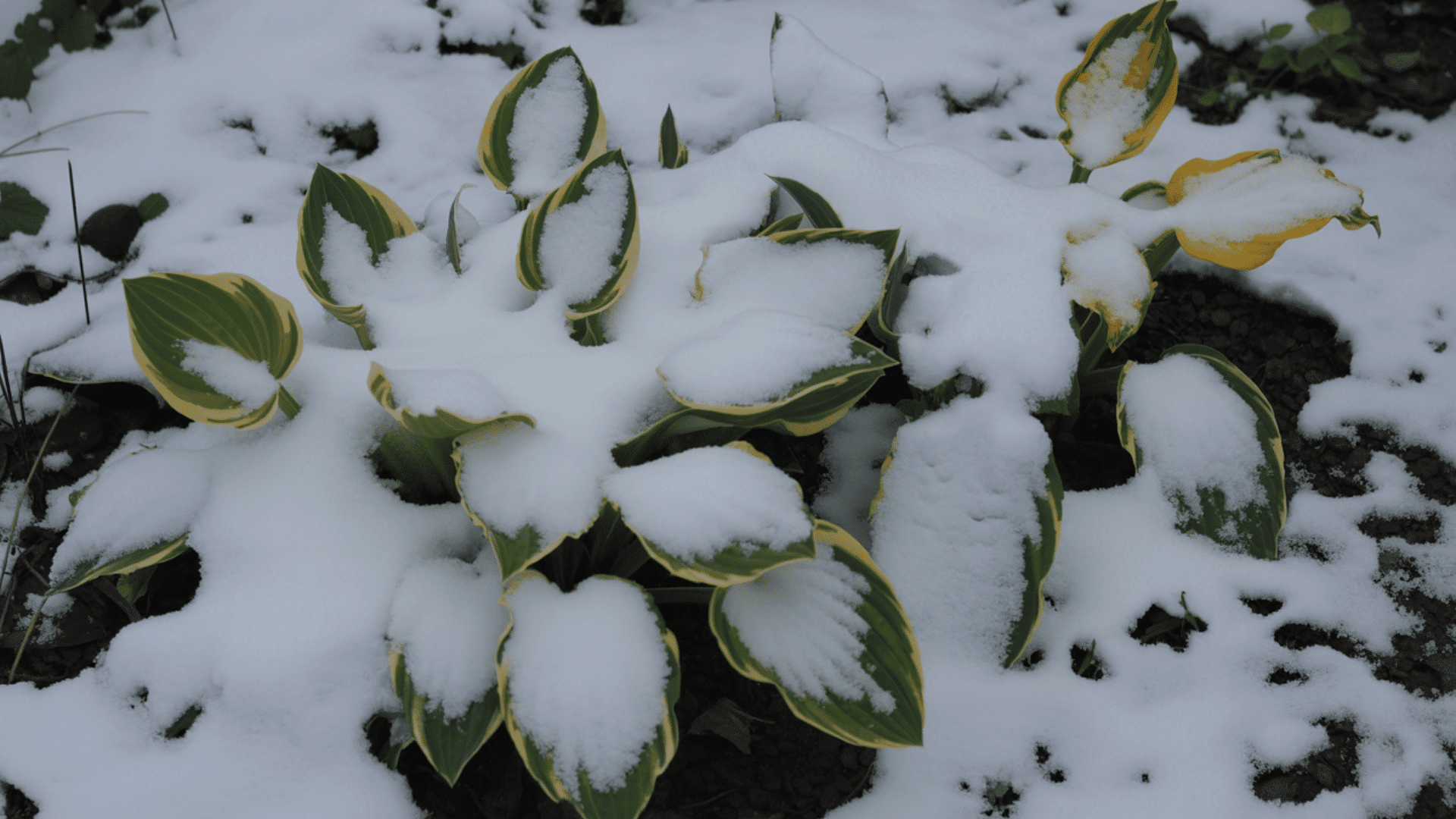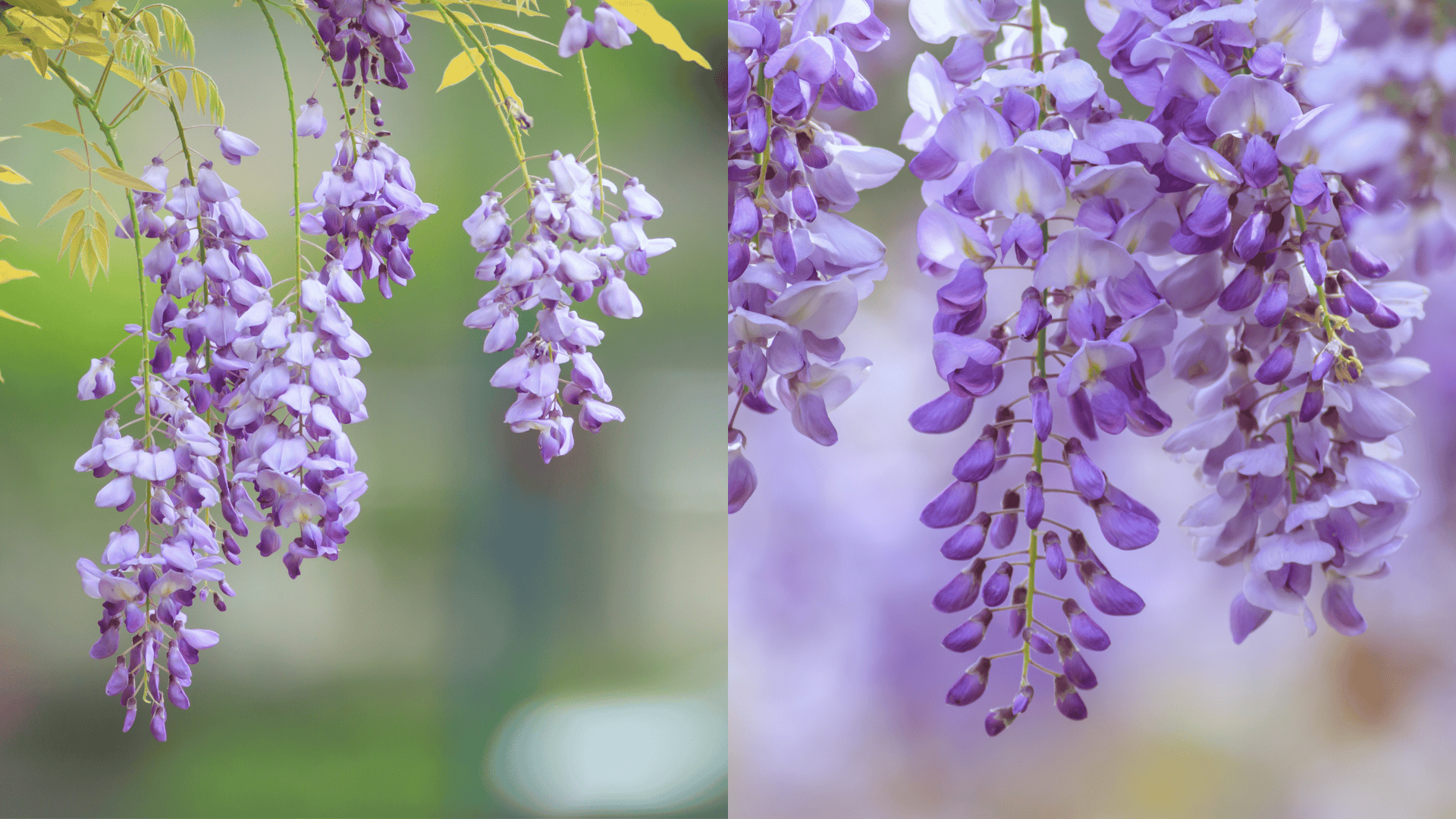Beets can grow in almost any garden, but their success often depends on the company they keep. Some plants help them flourish, while others quietly hold them back.
Gardeners and experts agree that companion planting is one of the simplest ways to improve beet health naturally.
The right neighbors strengthen root growth, deter pests, and enhance soil balance without using chemicals.
This blog explains about the most effective beets companion plants, which ones to avoid, and how to plan your garden layout for healthier plants and better harvests.
What Is Companion Planting?
Companion planting is a gardening method where different plants are grown close together to create mutual benefits such as pest control, nutrient sharing, and improved soil health.
Companion planting works by pairing crops that naturally support one another.
Some plants attract pollinators or beneficial insects, while others deter pests with their scent or chemical compounds.
It also helps gardeners make better use of available space and maintain soil balance.
20 Best Beets Companion Plants
These twenty companion plants work well with beets by improving soil health, repelling pests, or creating beneficial growing conditions that support stronger, healthier roots.
1. Garlic
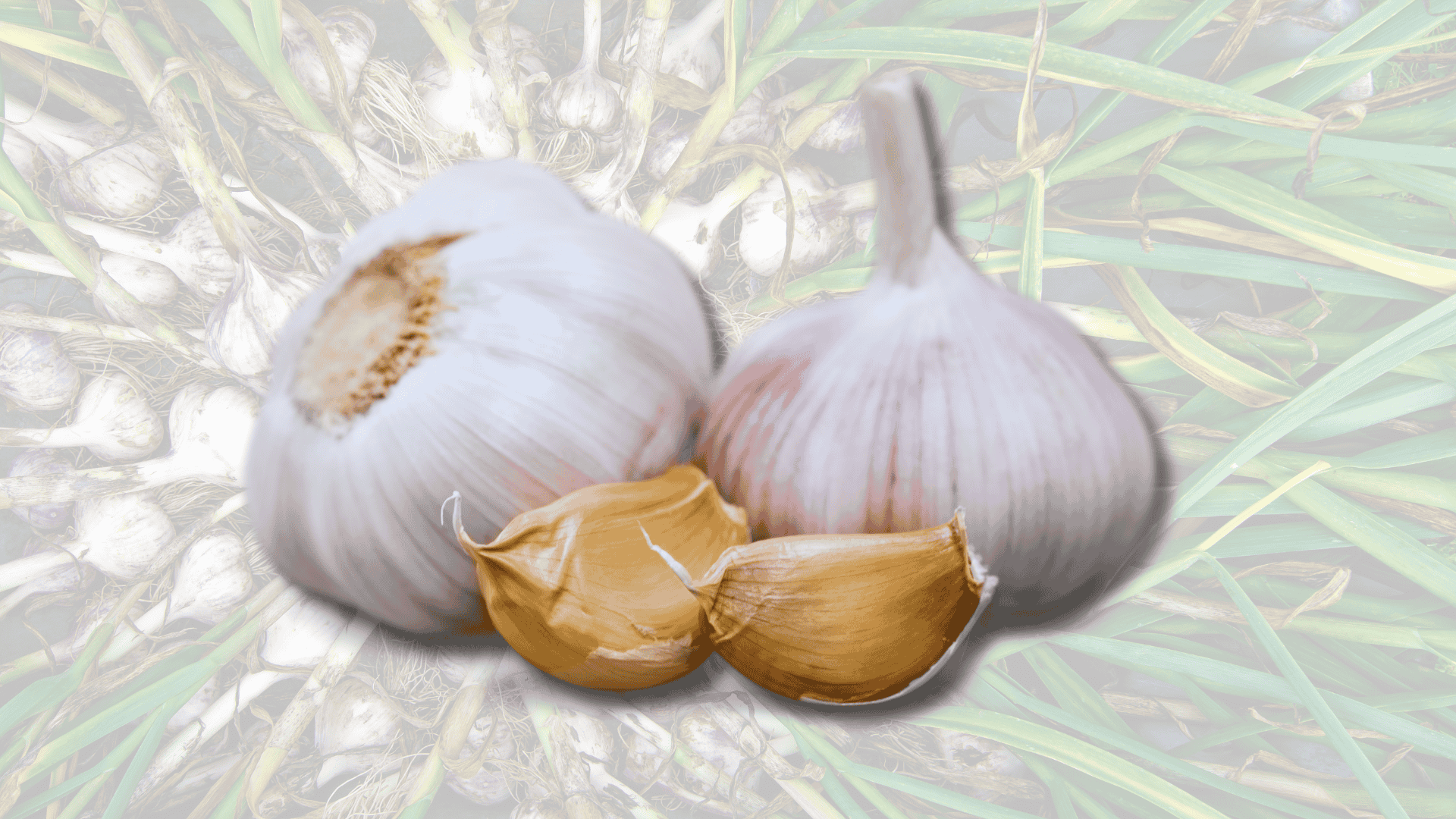
Garlic repels pests like aphids, flea beetles, and leaf miners. Its strong scent keeps harmful insects away while not competing for root space.
When planted between beet rows, garlic enhances overall bed health and soil balance.
2. Onions
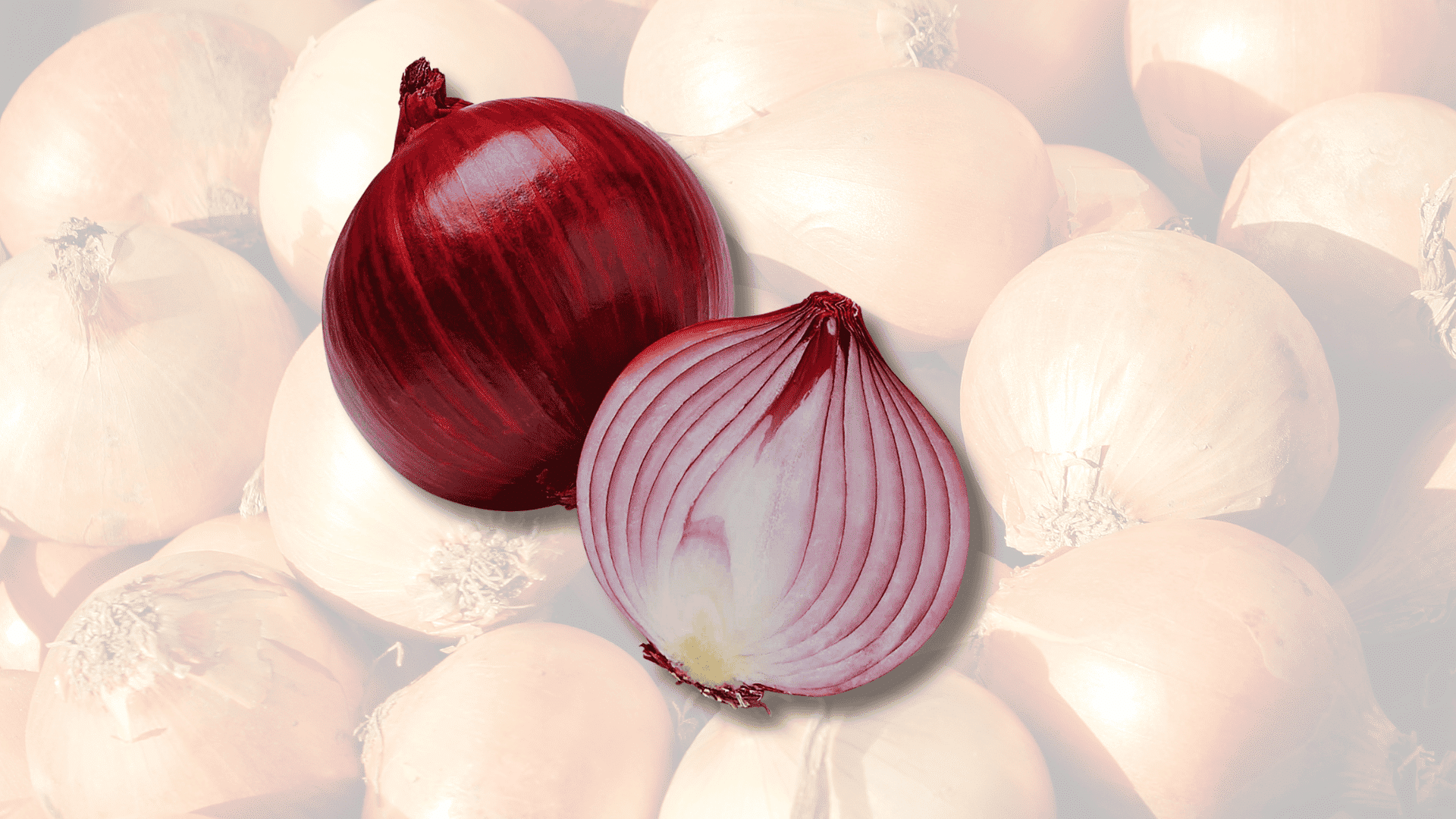
Onions deter common beet pests and thrive in the same soil type.
Their shallow roots don’t disturb beet roots, and they release compounds that naturally protect surrounding vegetables from destructive insects and fungi.
3. Chives
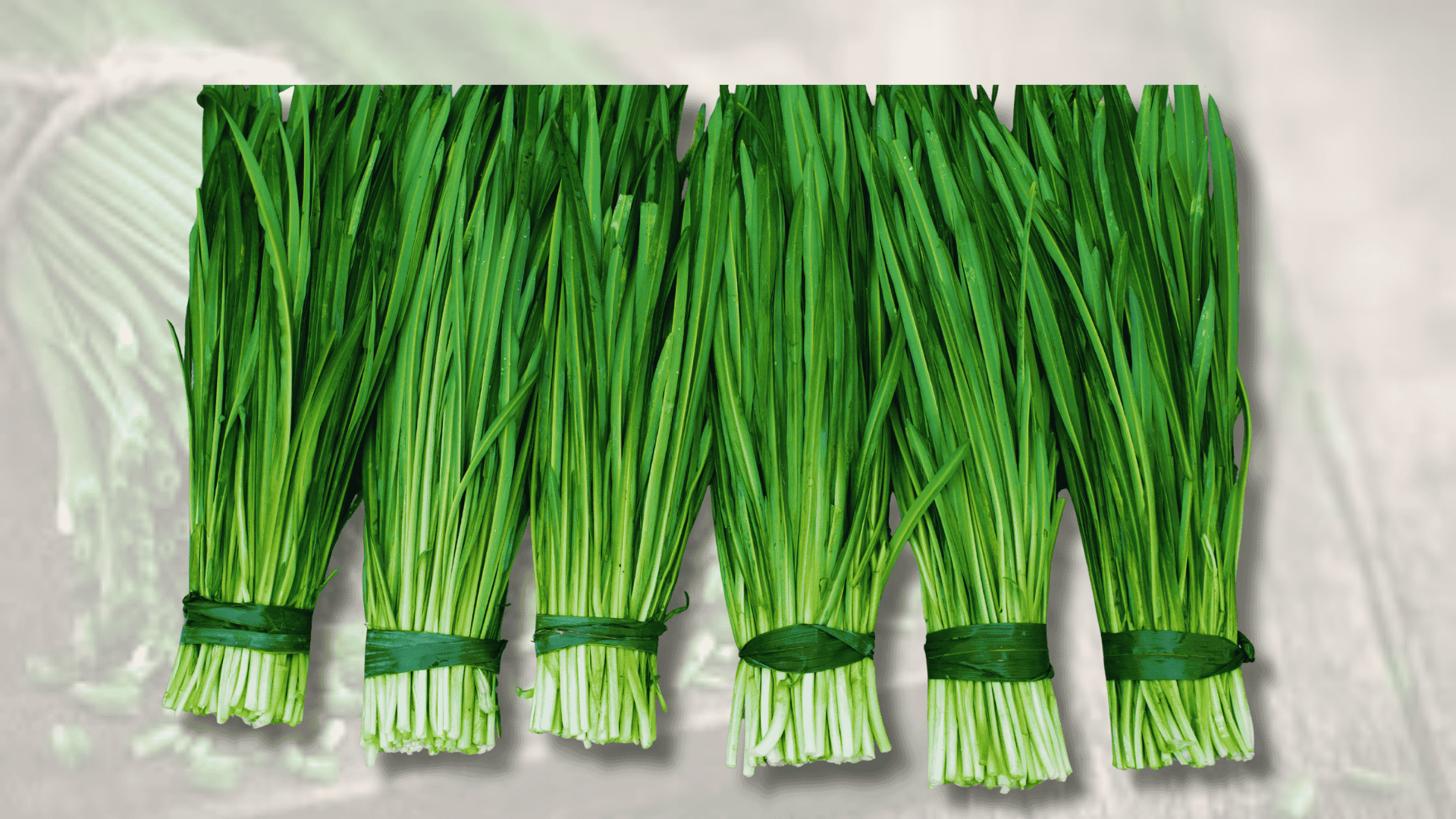
Chives produce flowers that attract bees and beneficial insects, improving pollination rates across the garden.
Their mild onion scent deters aphids, while their compact growth allows easy interplanting among beet rows without overcrowding.
4. Lettuce
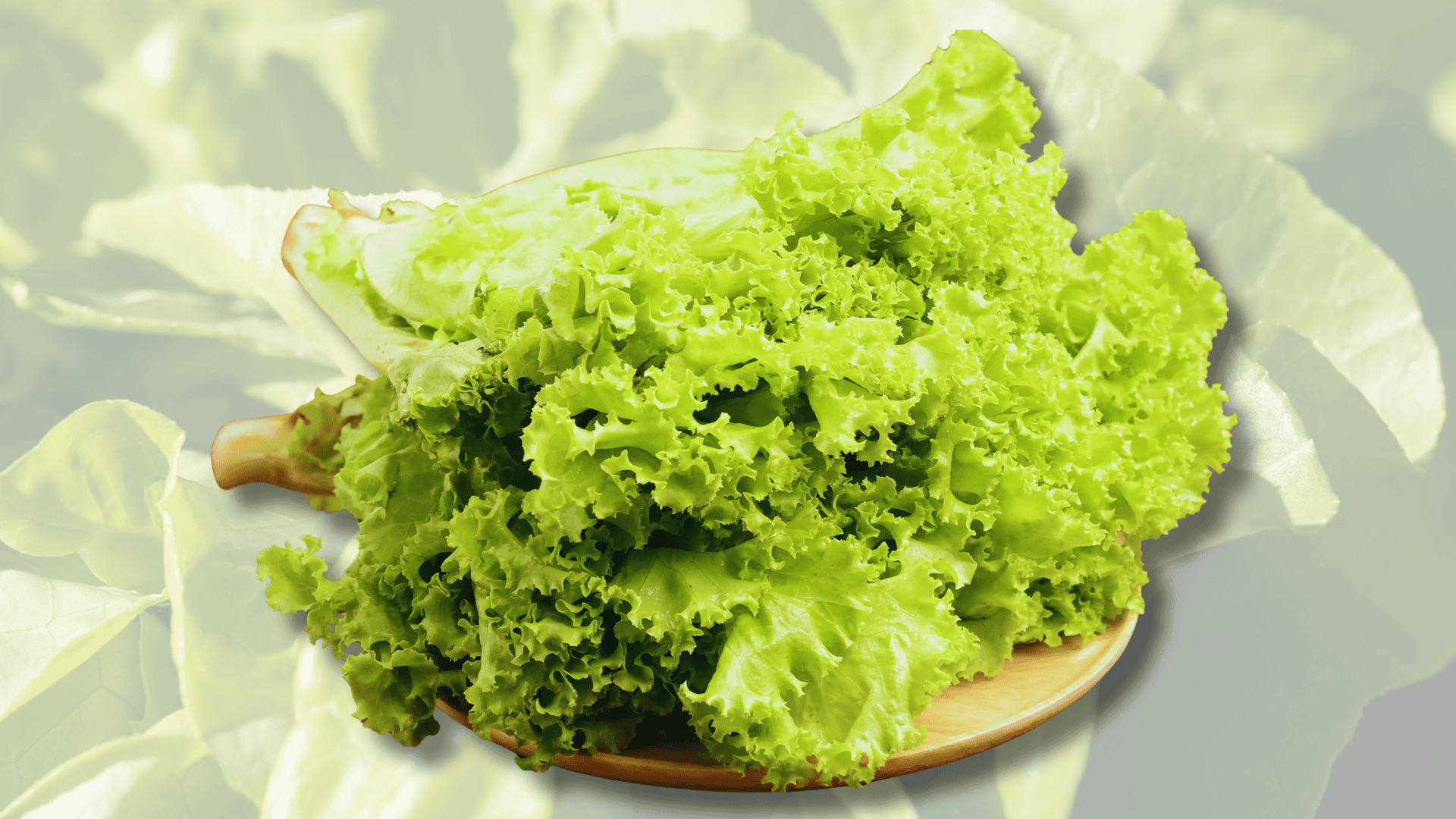
Lettuce grows quickly, protecting soil from drying out and keeping weeds low. Its shallow roots won’t interfere with the beets’ deeper ones.
Planting lettuce near beets helps maintain even moisture and supports better root development.
5. Bush Beans
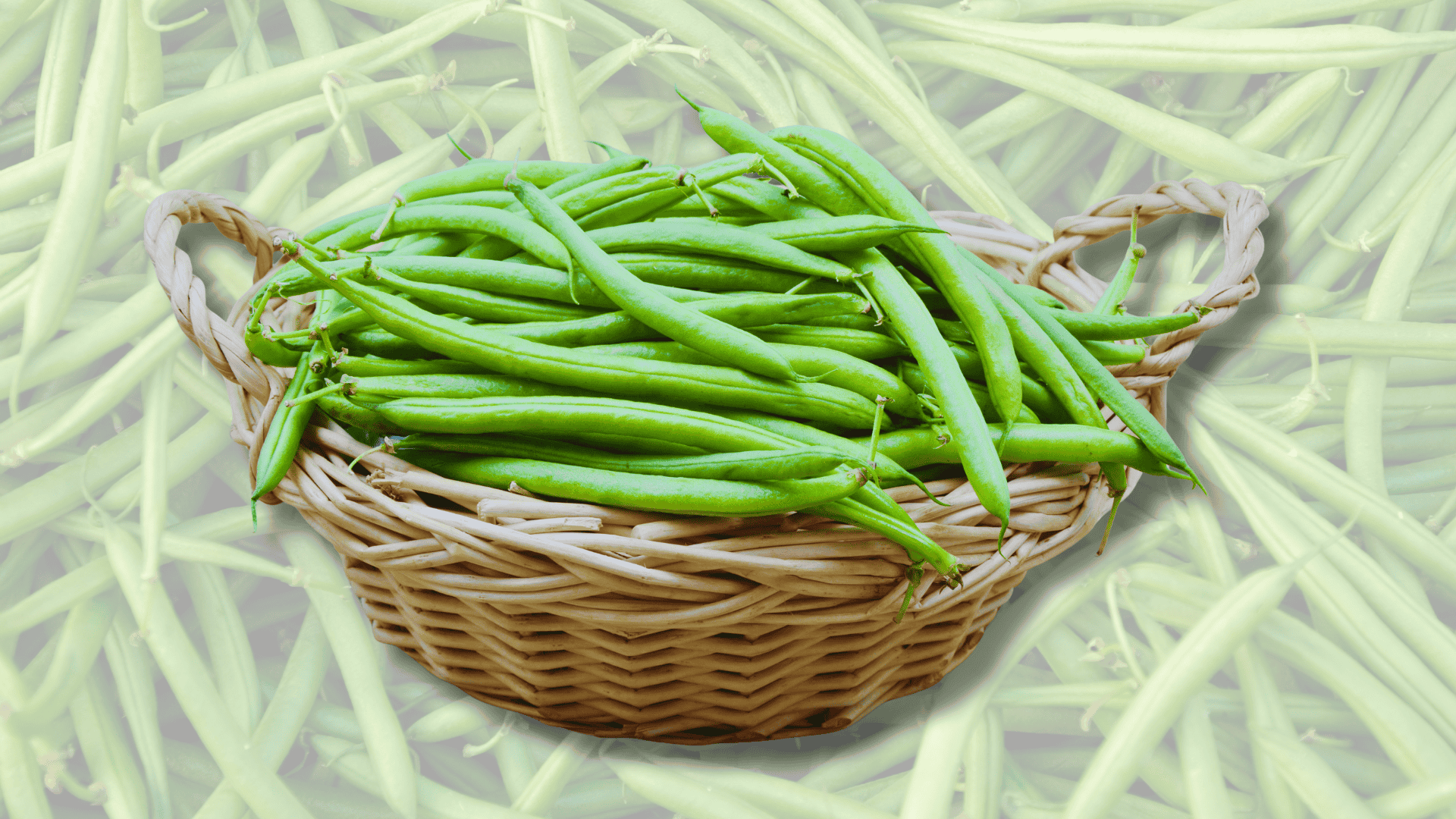
Bush beans fix nitrogen in the soil, improving nutrient levels for beets.
They don’t climb or shade the beets, allowing for proper sunlight exposure.
Their short maturity period complements the beets’ growing season perfectly.
6. Peas
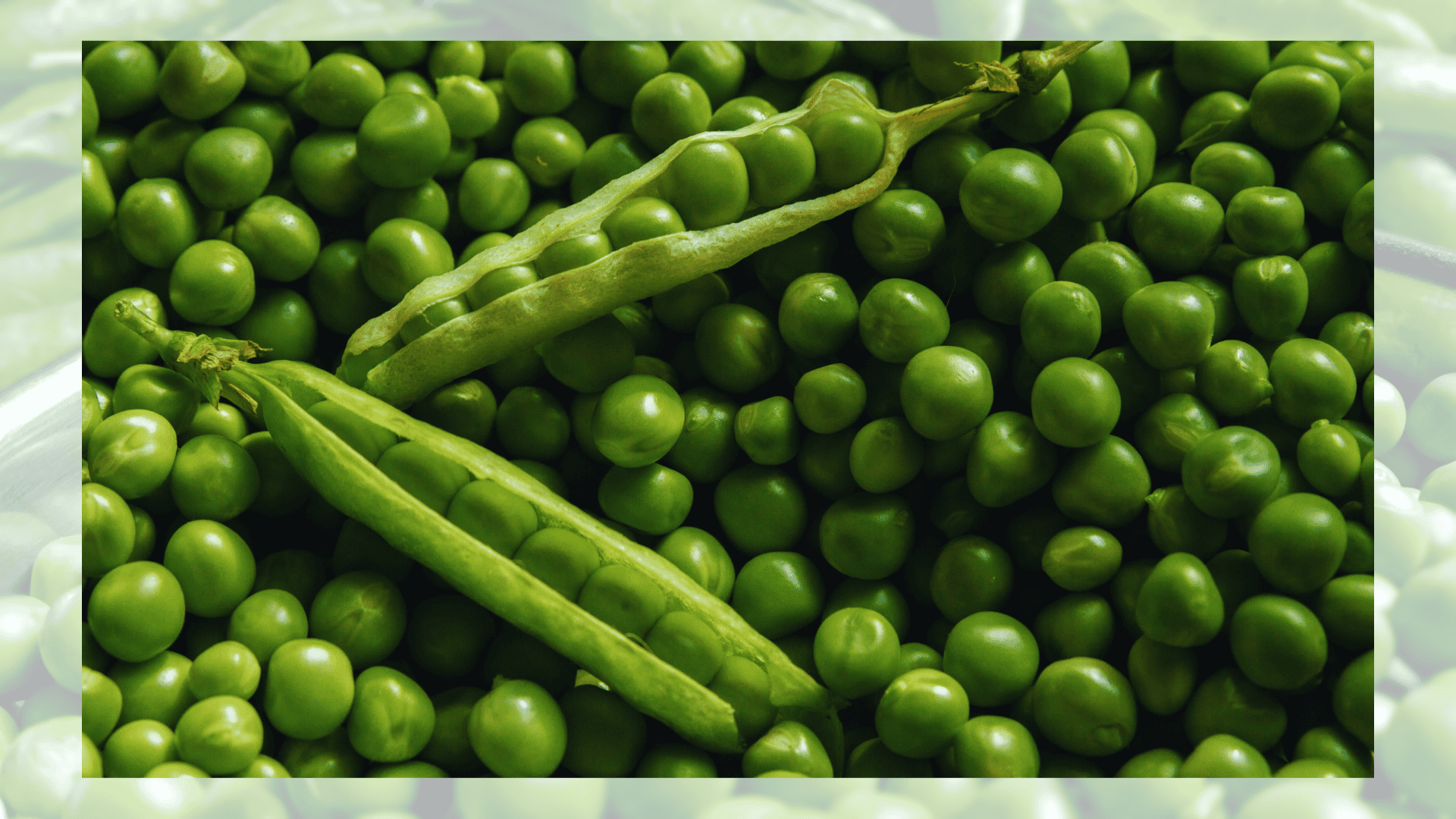
Peas are excellent beets companion plants because they enrich the soil with nitrogen while growing upright and using minimal space.
Their vines provide gentle shade that prevents beet seedlings from overheating in warmer months.
7. Shallots
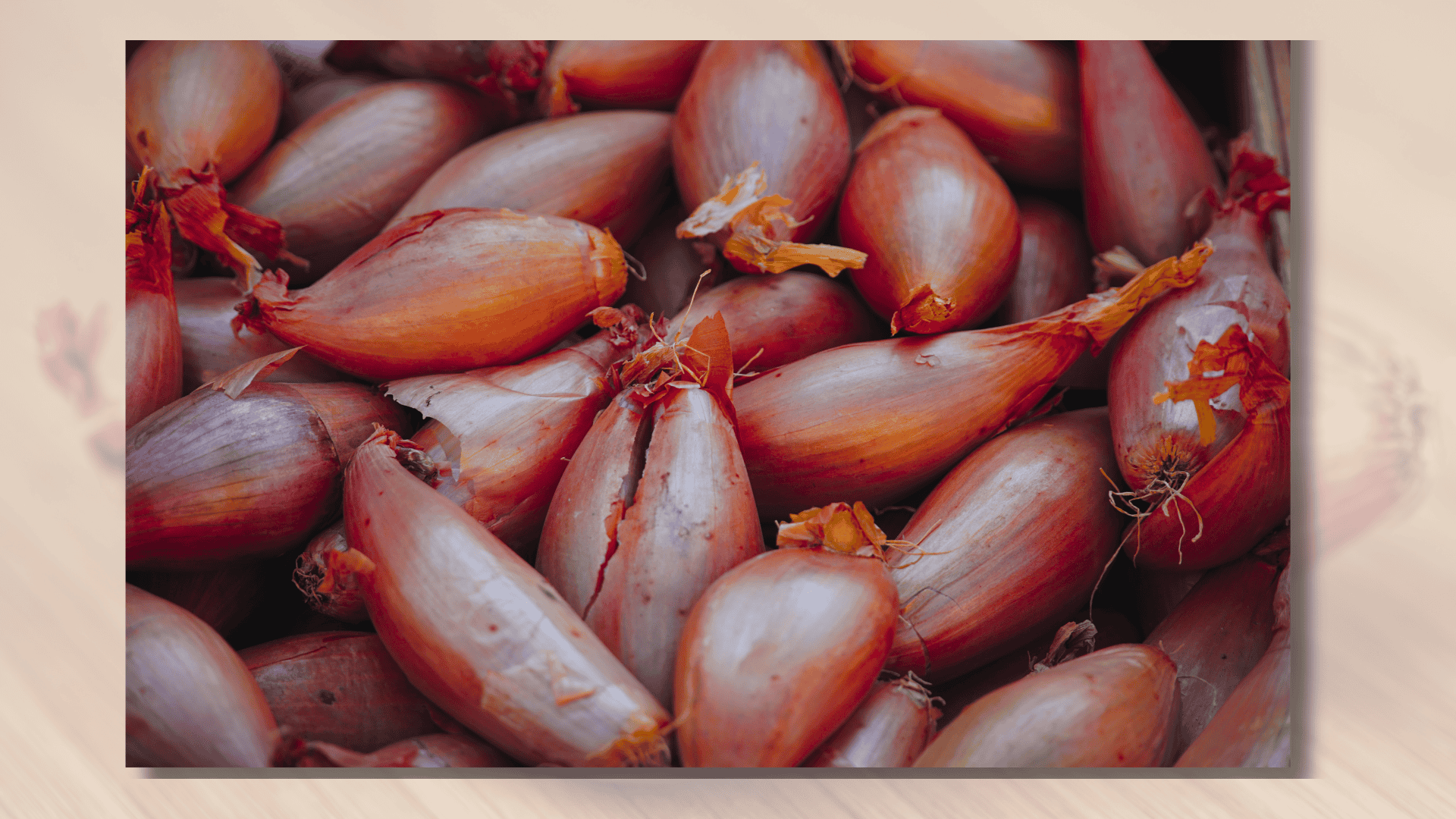
Shallots thrive in loose, moist soil similar to that preferred by beets.
They emit a mild aroma that discourages soil-borne pests and enhances garden diversity, helping to create a balanced and resilient planting ecosystem.
8. Spinach
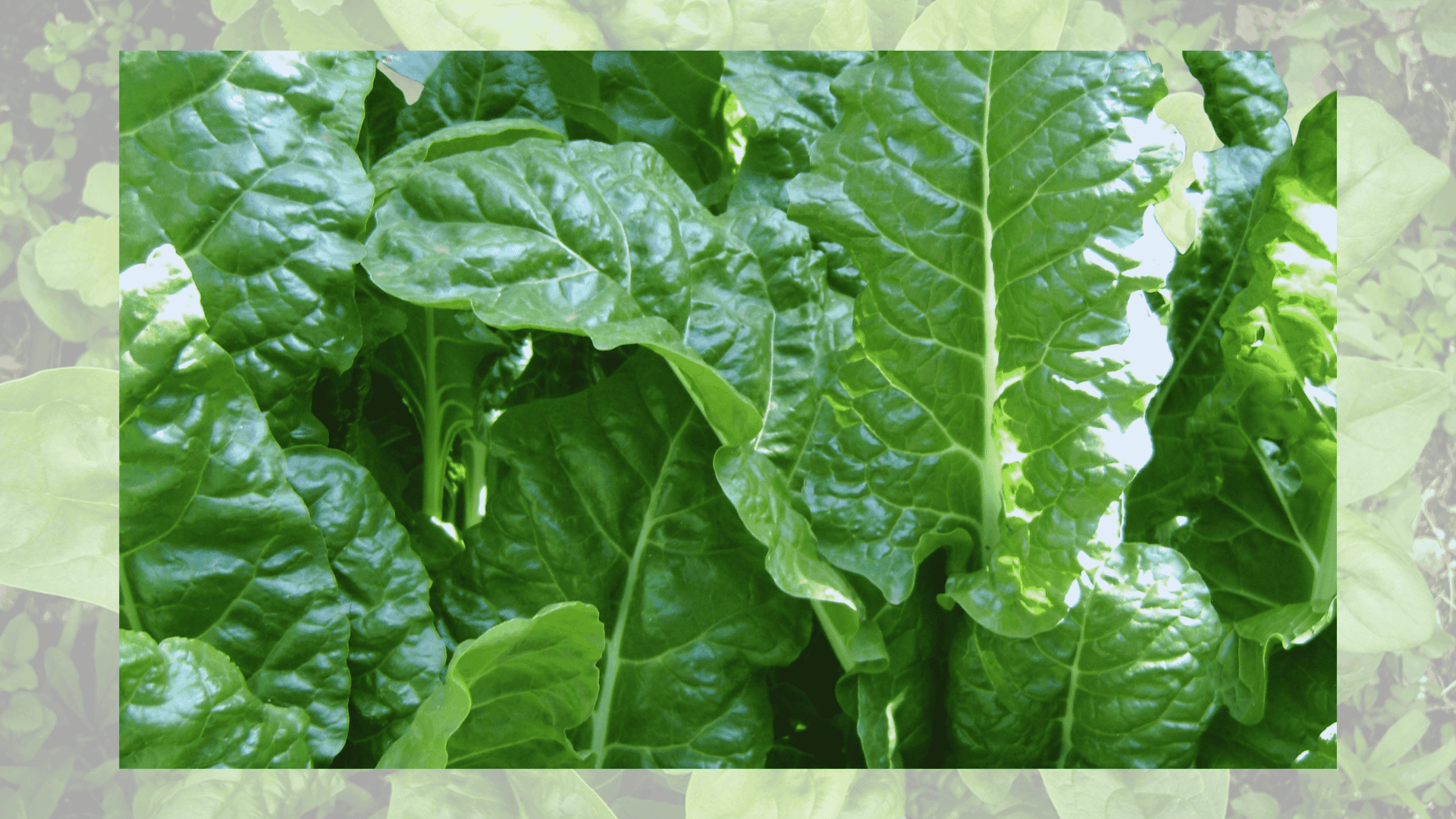
Spinach pairs well with beets in cool weather, thriving under similar moisture and light conditions.
It shades the soil naturally, keeping it cool. Together, they form a compact, efficient pairing for spring or fall gardens.
9. Radishes
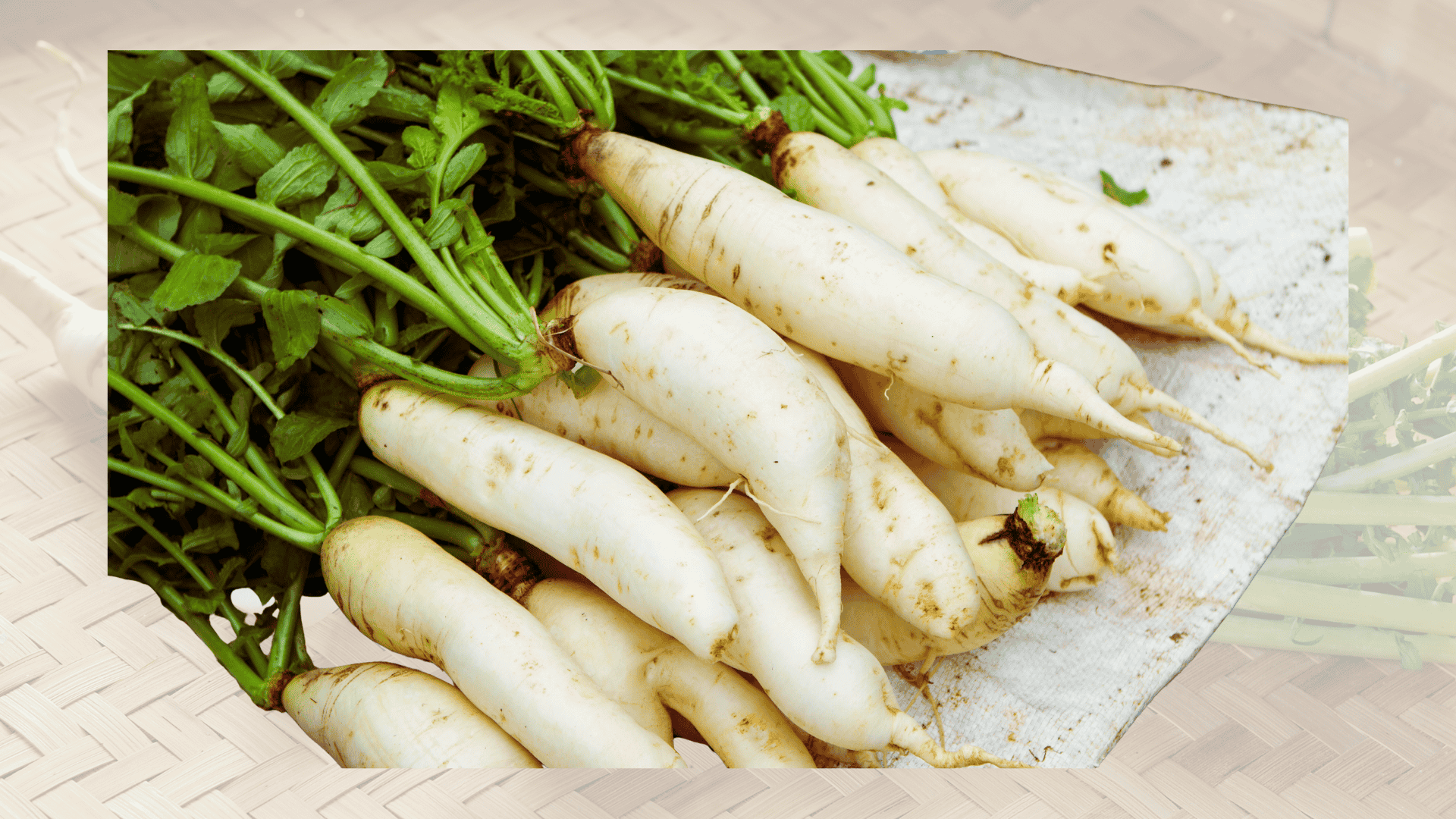
Radishes loosen compact soil, making it easier for beet roots to expand.
They mature quickly and can be harvested before beets reach full size. Radishes also divert pests, acting as a natural trap crop.
10. Broccoli
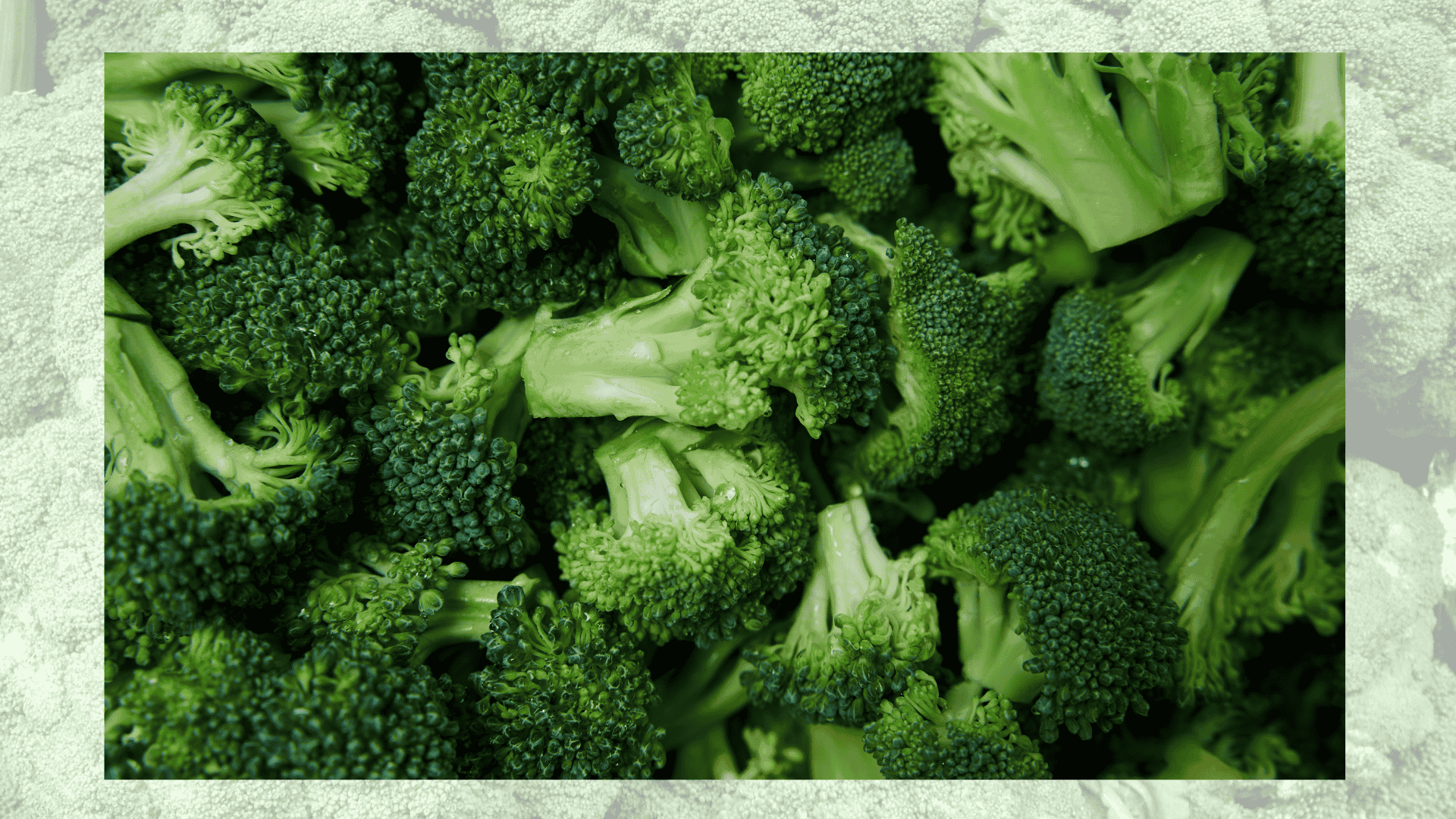
Broccoli and beets complement each other’s growth cycles.
Broccoli’s broad leaves shade the soil and retain moisture, while its roots occupy different soil layers, allowing both crops to absorb nutrients effectively without competition.
11. Cabbage
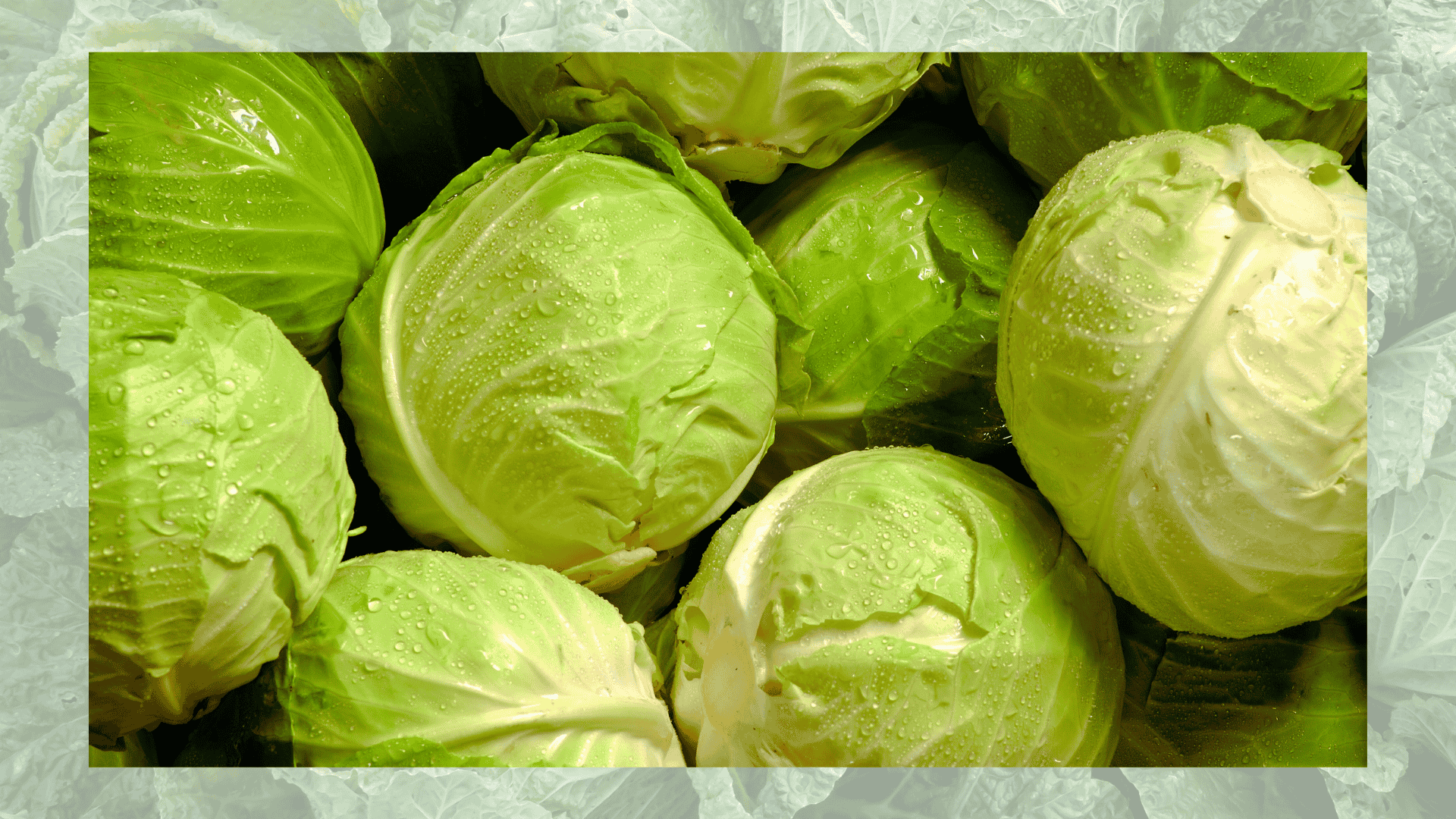
Cabbage provides ground shade that conserves soil moisture and keeps beet roots cool.
When spaced properly, these two crops coexist well in cooler conditions, supporting strong growth and steady development throughout the growing season.
12. Kohlrabi
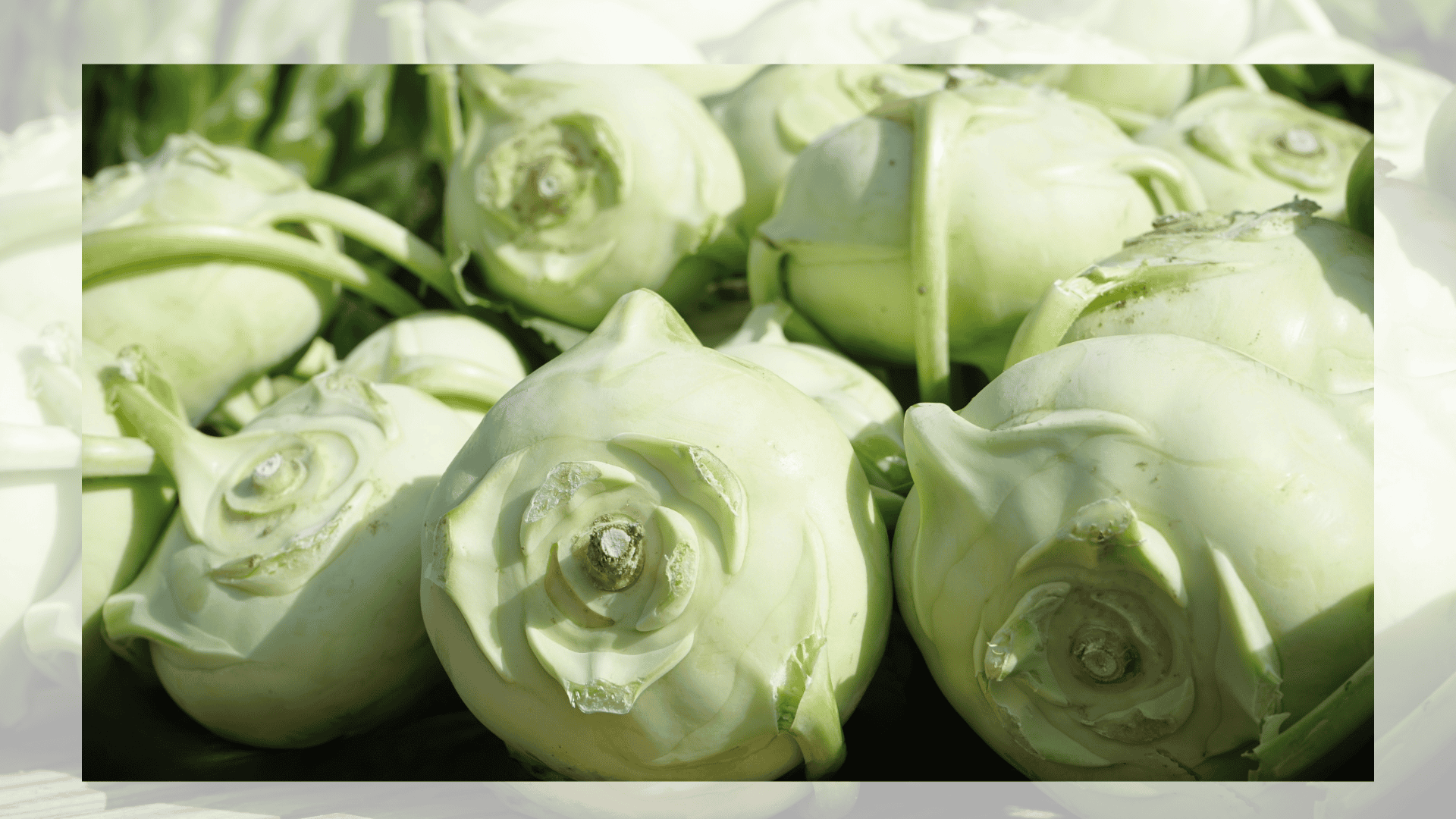
Kohlrabi grows above the ground, leaving ample room for beet roots to expand below.
Its rapid growth and distinct nutrient needs prevent direct competition, making it a reliable companion in rotational or mixed planting systems.
13. Carrots
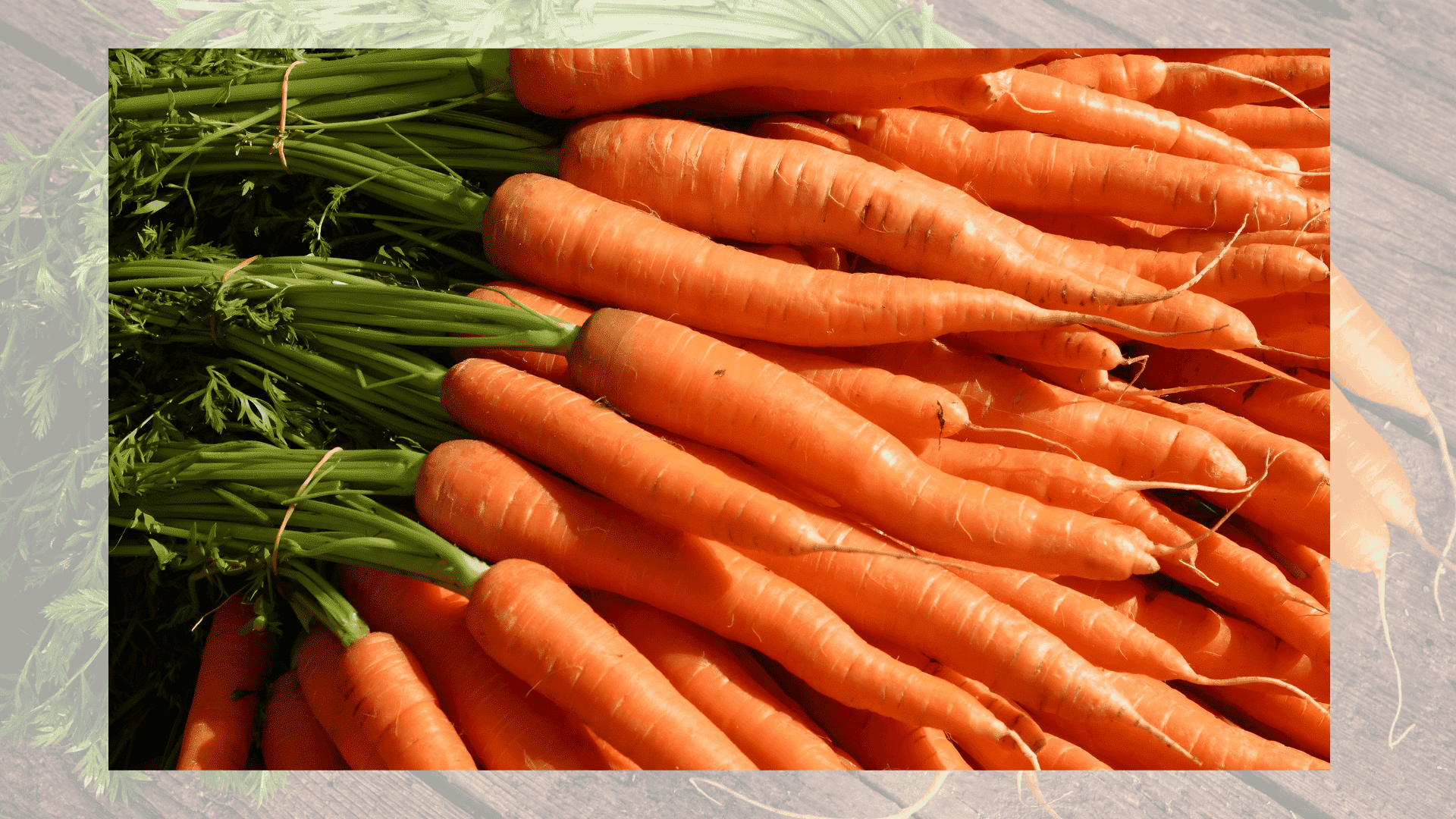
Carrots and beets share similar soil preferences but grow at different depths, which helps them avoid competition.
This pairing maximizes garden space and results in cleaner, better-shaped roots for both vegetables.
14. Cucumbers
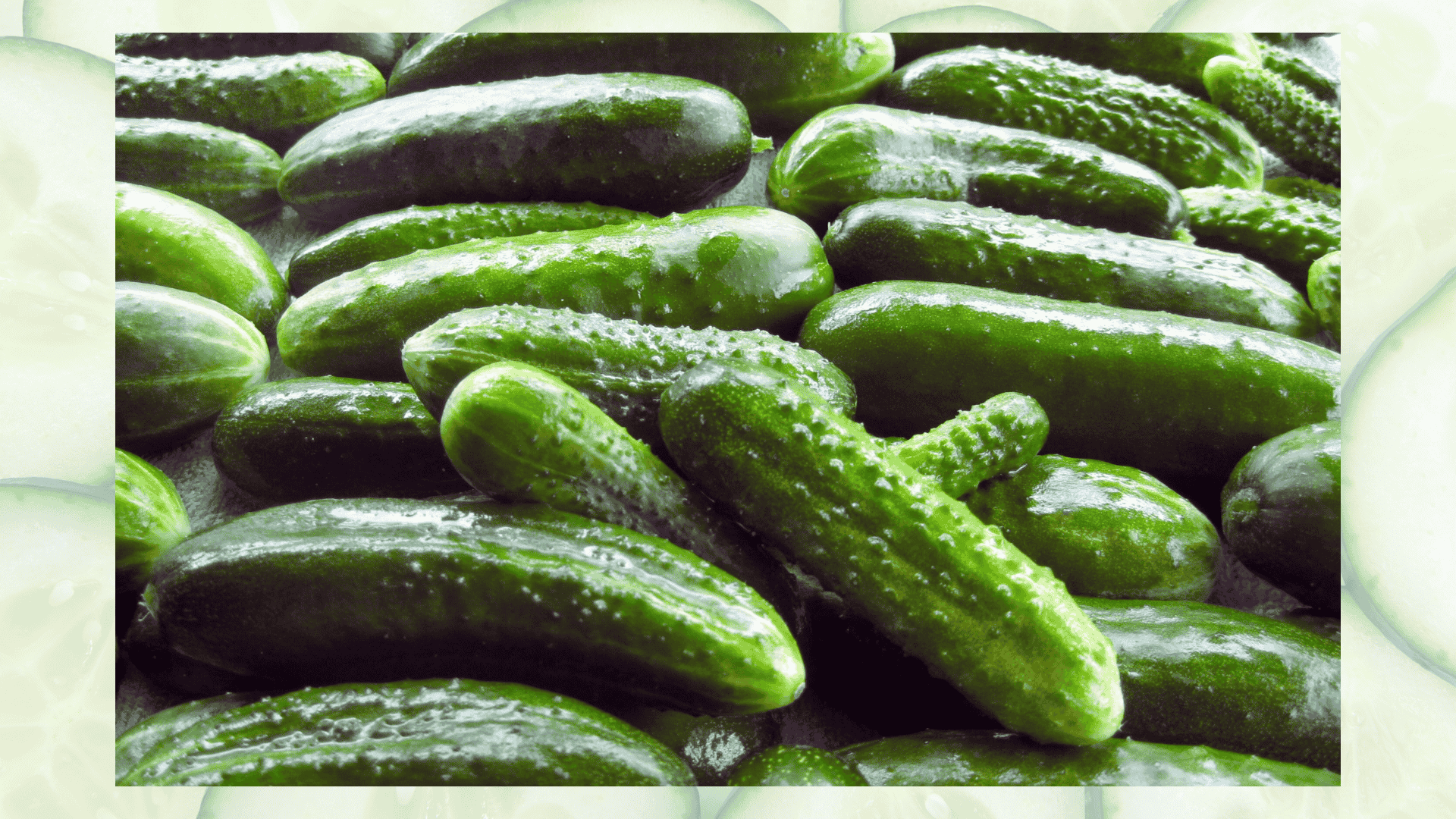
Cucumber vines spread along the ground, offering shade that keeps beet soil cool and moist.
They also help suppress weeds, and their shallow roots rarely interfere with beets’ deeper taproots, making them great summer companions.
15. Celery
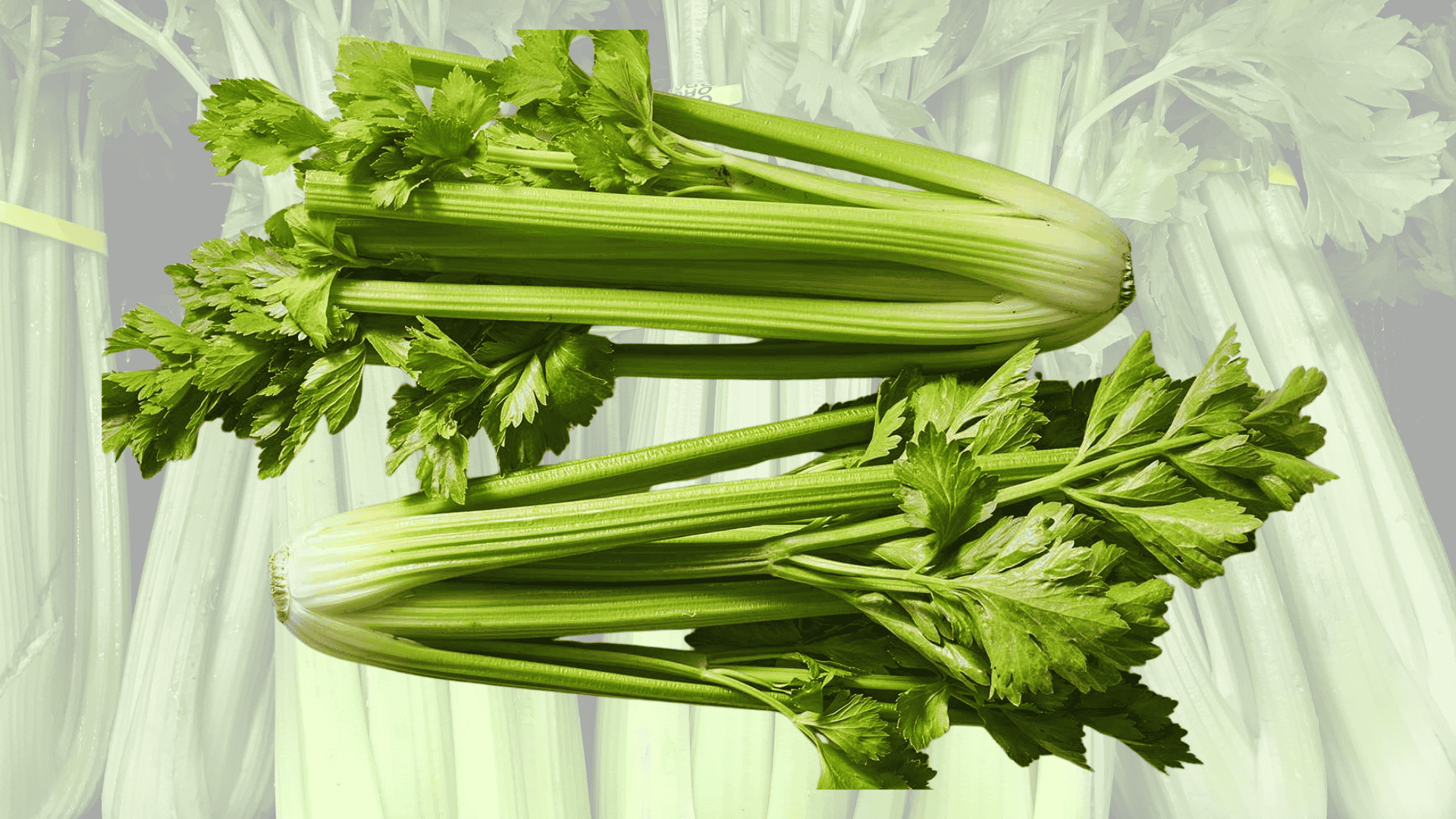
Celery grows upright, allowing beets to receive full sunlight.
It benefits from beets’ moisture retention and, in return, repels whiteflies and beetles with its strong aroma.
Both plants enjoy evenly moist, nutrient-rich soil conditions.
16. Corn Salad (Mâche)
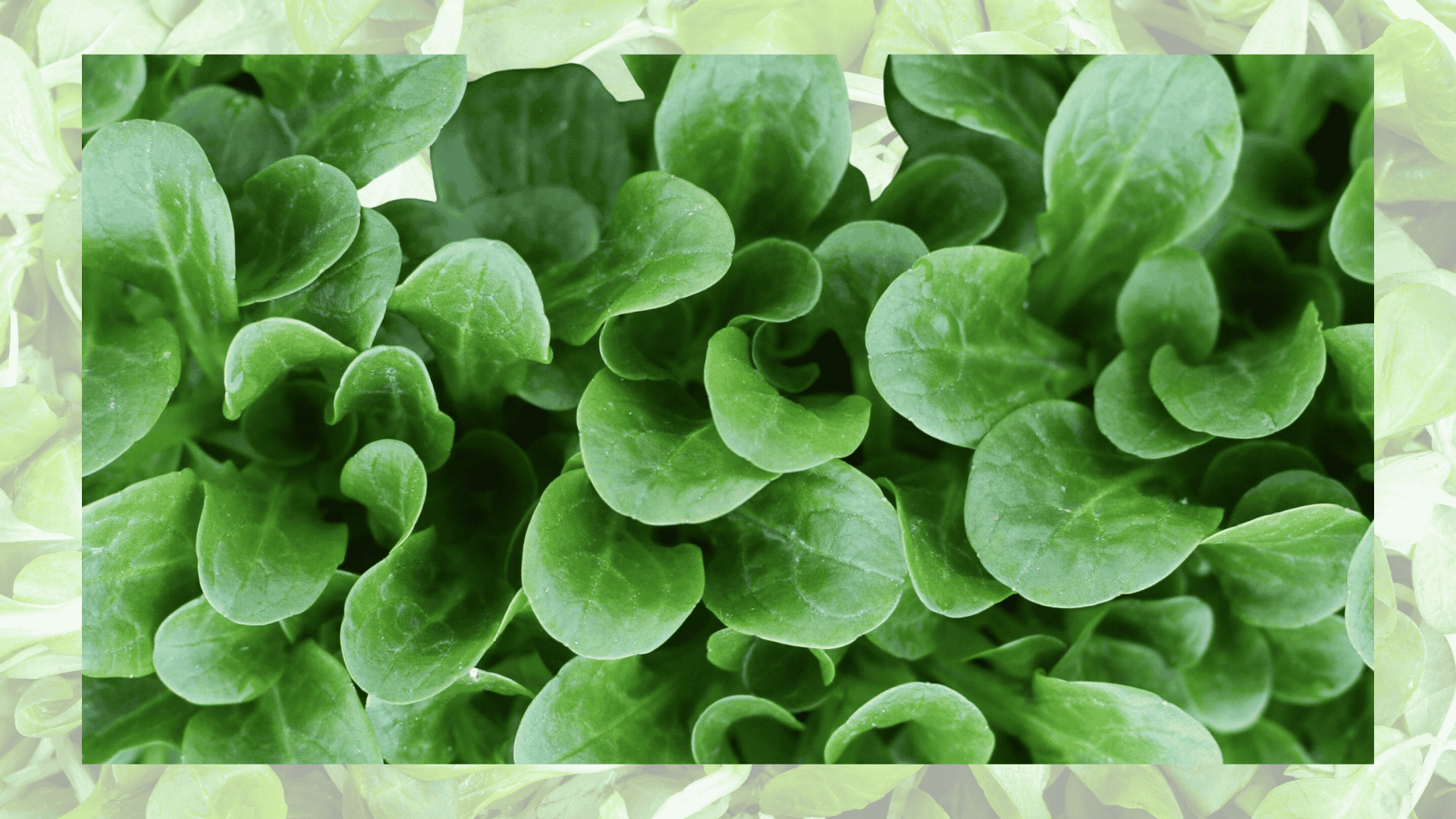
Corn salad serves as living mulch around beet beds.
It prevents weed growth and helps maintain soil moisture during the warmer part of the season.
Its compact, low-lying growth pattern avoids crowding and soil disruption.
17. Marigolds
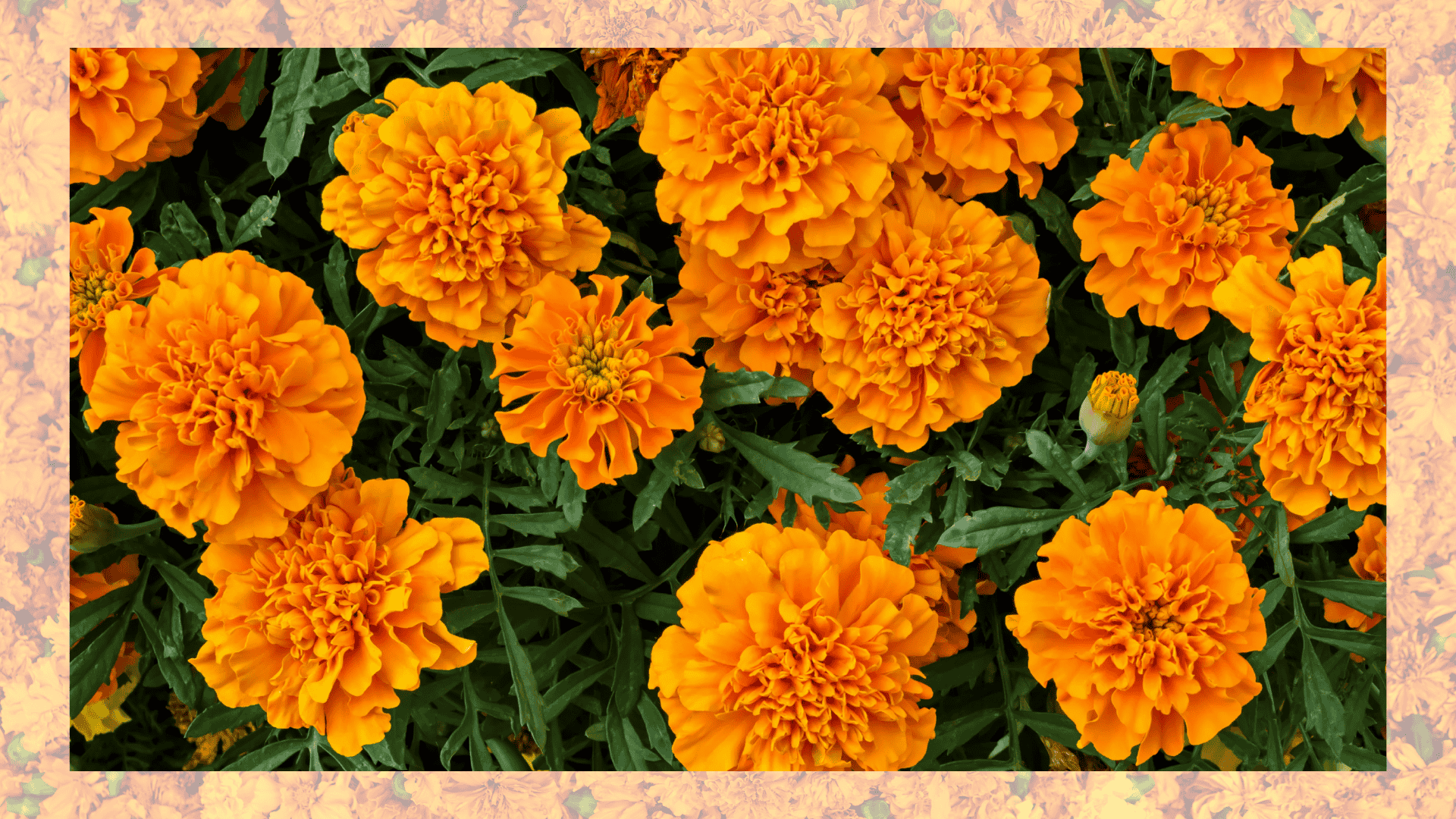
Marigolds repel nematodes, aphids, and root maggots while drawing in beneficial insects such as ladybugs.
Their vibrant blooms add visual appeal and attract pollinators, improving overall productivity in and around beet plantings.
18. Nasturtiums
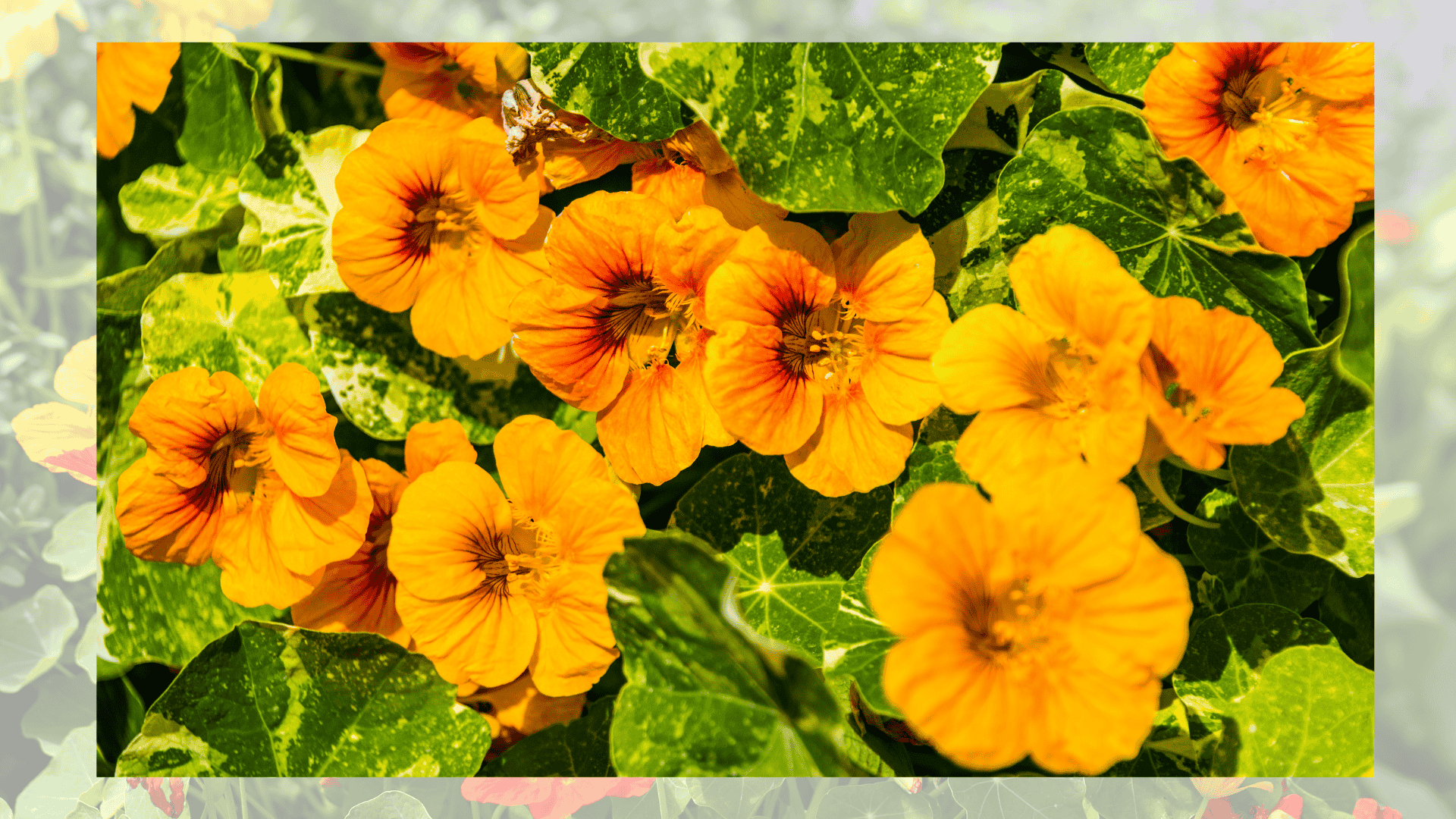
Nasturtiums act as trap crops, pulling aphids and whiteflies away from beets.
They also deter beetles with their scent and protect soil from erosion.
Their trailing vines make an attractive and practical garden edge.
19. Dill
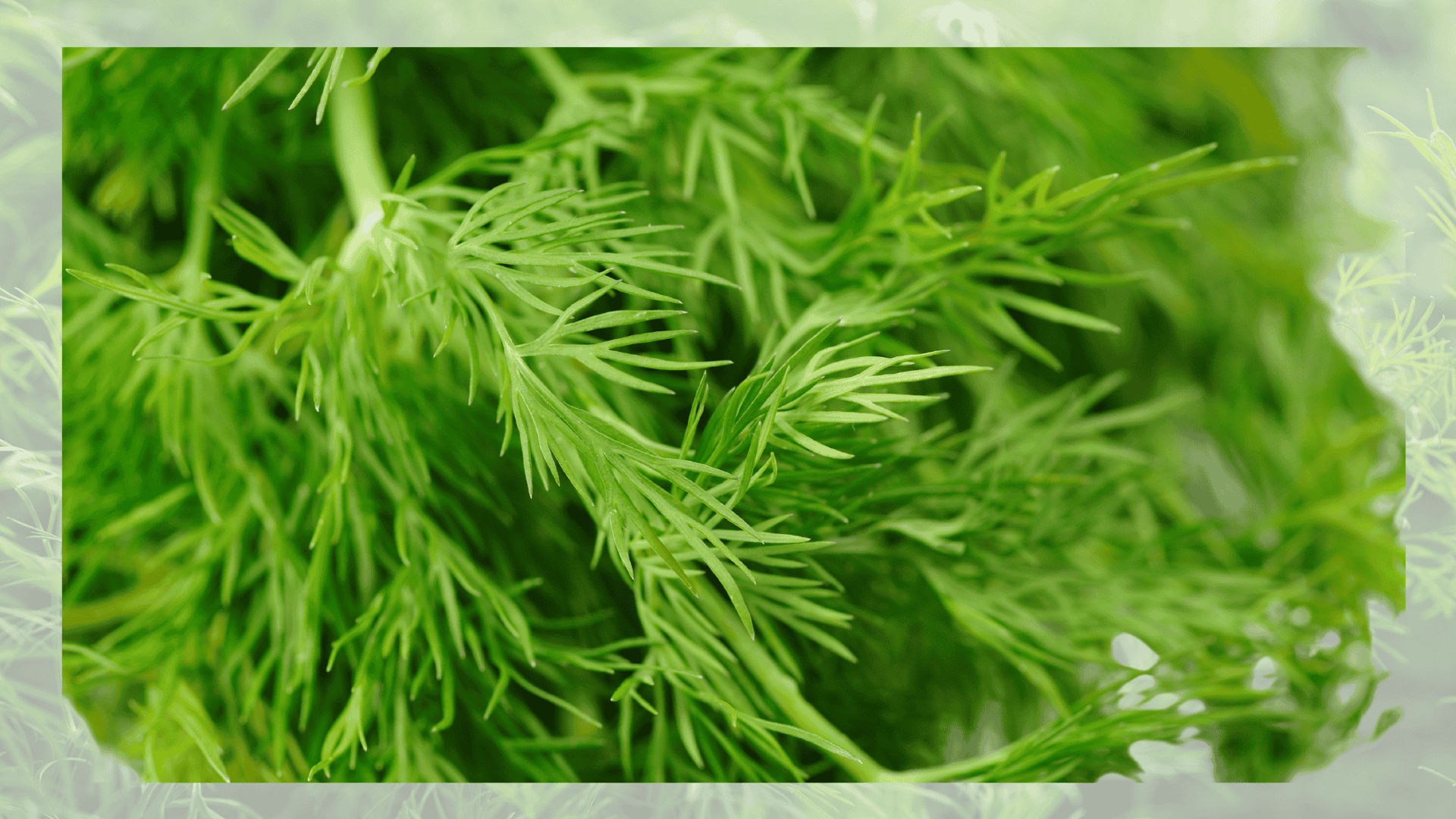
Dill draws pollinators and predatory insects that feed on beet pests.
Its open structure allows good airflow around beet leaves, reducing disease risk.
It adds biodiversity while improving pest resistance naturally and effectively.
20. Thyme
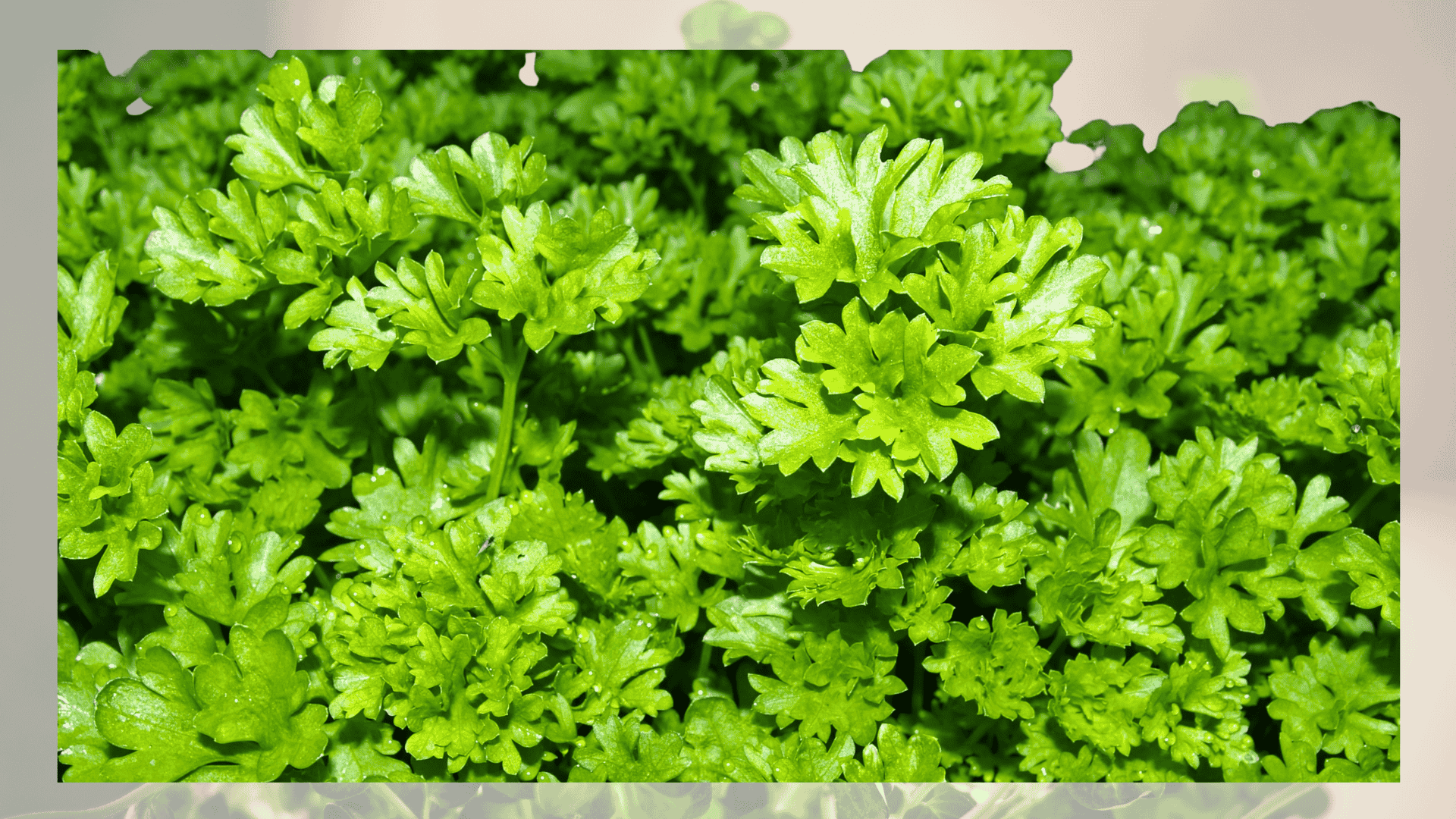
Thyme’s fragrant oils repel small insects and slugs.
It grows well at bed edges, helping to cover bare soil and retain moisture.
As a hardy perennial, it provides long-term garden protection without crowding nearby crops.
Bad Companion Plants for Beets
Some plants interfere with beet growth by competing for nutrients, attracting pests, or releasing chemicals that slow development.
Avoid these to maintain a healthy and balanced beet garden.
1. Pole Beans
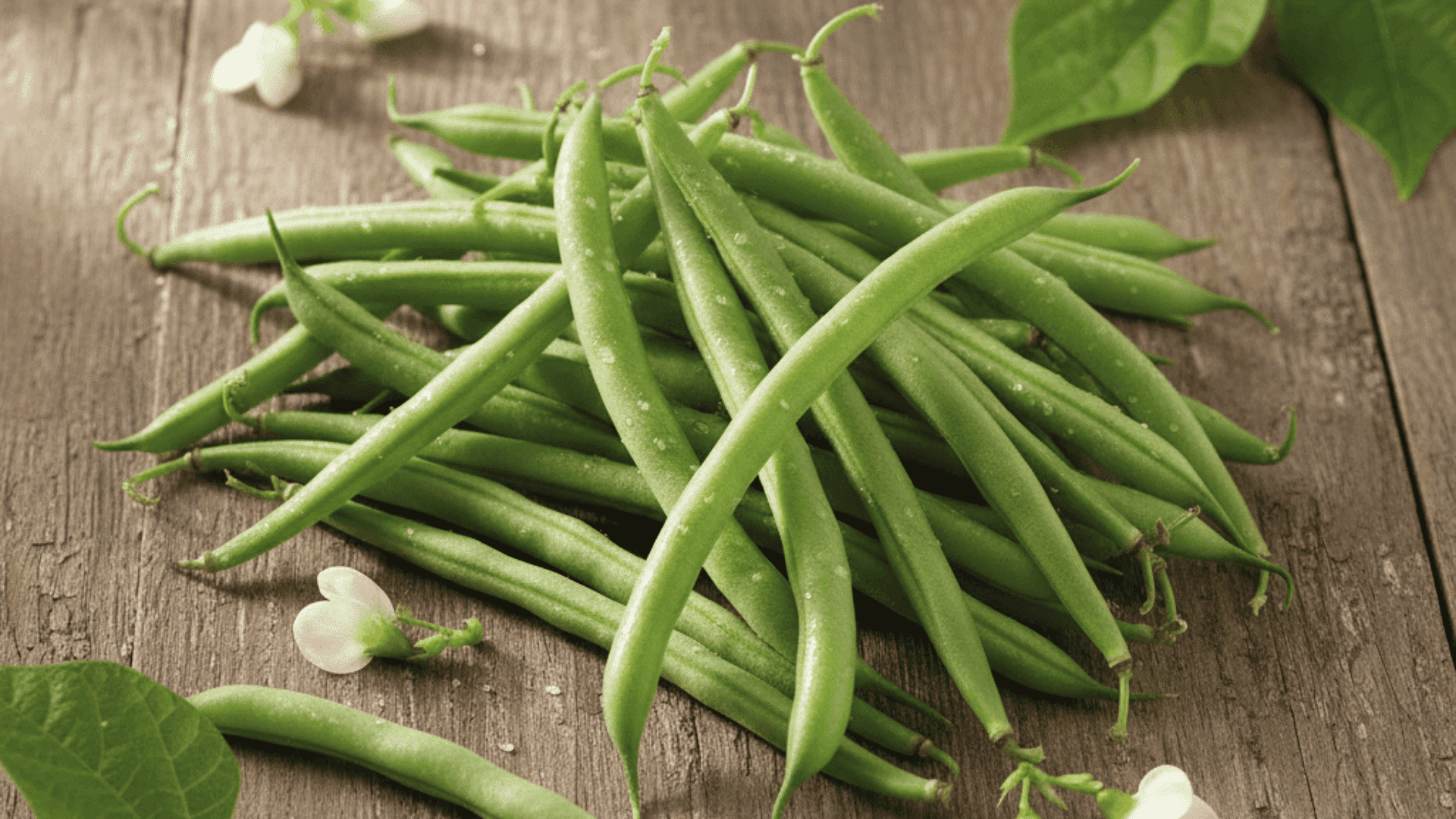
Pole beans are vigorous climbers that cast dense shade over low-growing crops like beets.
Their extensive root systems pull nutrients and moisture from the same soil zone, leaving beets undernourished.
Since beets need consistent sunlight to develop strong roots, heavy bean vines reduce yield.
Plant bush beans nearby instead, as they stay compact and enrich the soil naturally without overshadowing beets.
2. Field Mustard / Wild Mustard
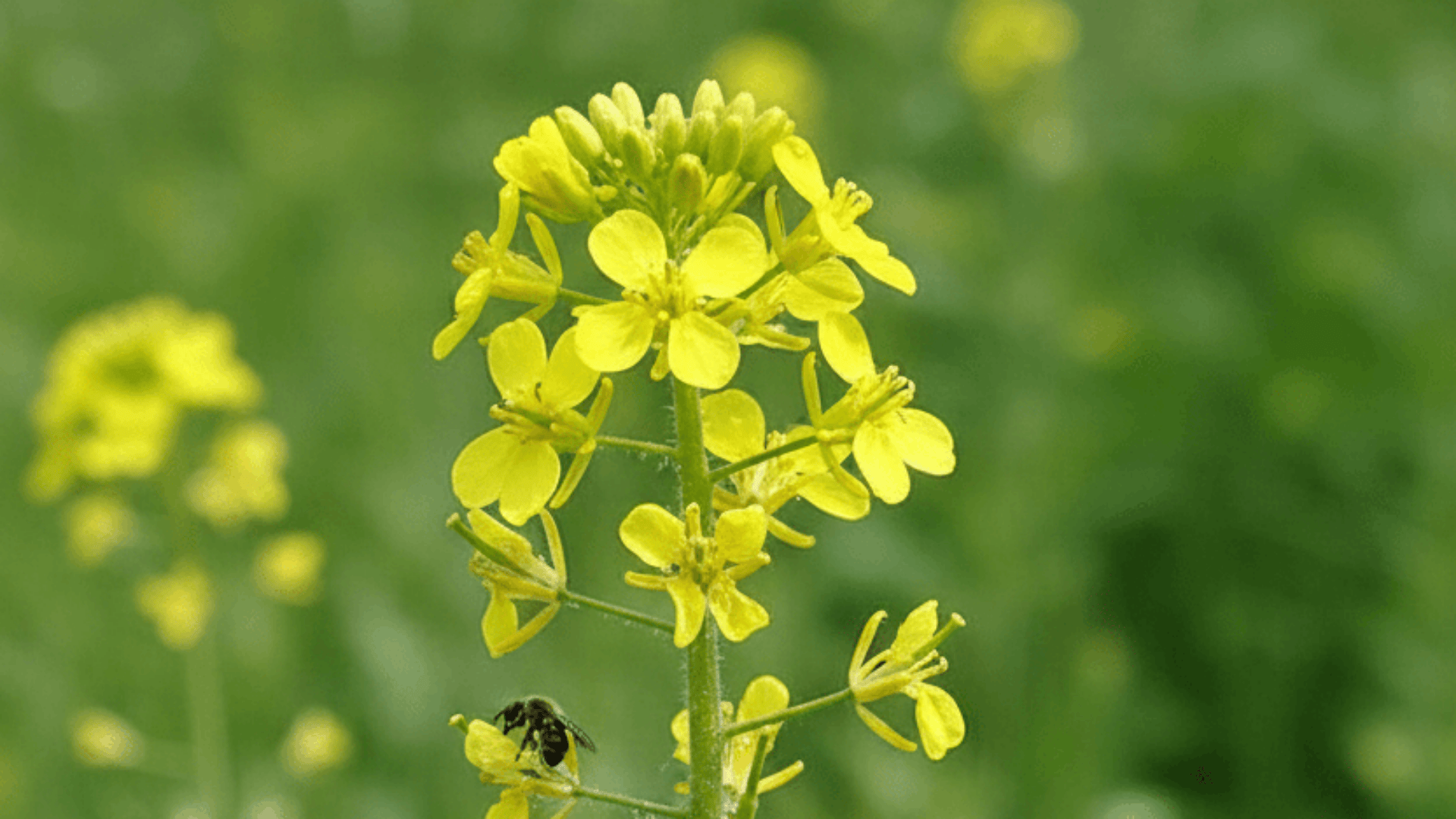
Field mustard and its wild varieties compete strongly for nutrients and grow quickly, taking over nearby areas.
They also release allelopathic substances through their roots that can slow or disrupt beet germination.
In addition, these plants attract flea beetles, a major pest for beets.
Maintaining distance between mustards and beets keeps the garden balanced and minimizes the spread of harmful insects. Rotating crops yearly further reduces this risk.
3. Parsley
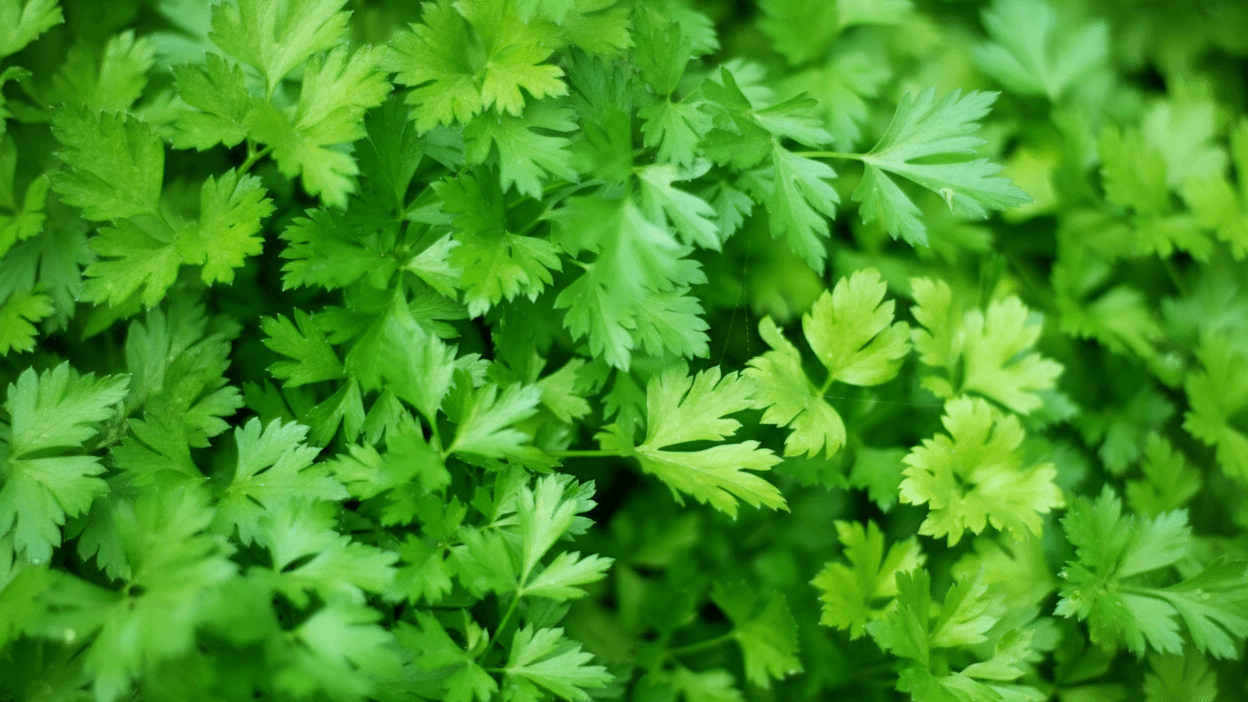
Parsley’s fine, fibrous roots reach into the same soil layer as beet roots, leading to direct competition for water and nutrients.
In smaller beds, this overlap can restrict beet root expansion, causing uneven growth.
Both plants also share some pests, such as leaf miners.
To avoid these problems, place parsley in a separate section of the garden, ideally near crops that benefit from its mild pest-repelling scent rather than near root vegetables.
4. Potatoes
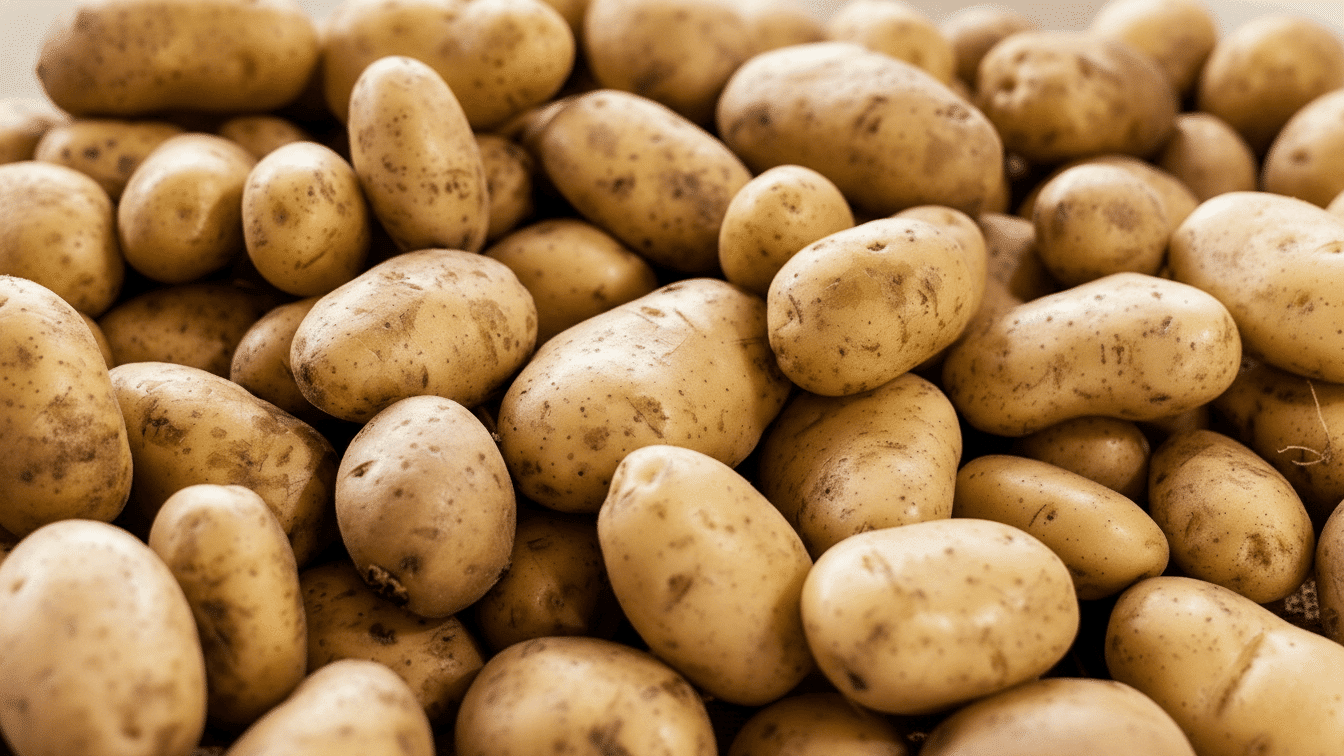
Potatoes absorb large amounts of nutrients, especially nitrogen and potassium, depleting the soil quickly and leaving fewer resources for beets.
Their underground tubers can disturb the space beets need for root expansion.
Potatoes are also prone to diseases like early blight and pests such as wireworms, which can migrate to nearby beet roots.
Keeping potatoes and beets in different beds or rotating them between seasons preserves soil fertility and reduces pest buildup naturally.
How Does Companion Planting Help Beets?
Pairing beets with the right plants strengthens growth, manages pests naturally, and improves soil structure for long-term garden health.
When applied to beets, this method encourages stronger root growth, fewer pest problems, and healthier soil conditions.
The right plant combinations create a mini ecosystem where each crop contributes to the success of the others.
Companion planting supports beets by keeping the soil loose, balancing nutrients, and deterring pests like aphids, flea beetles, and leaf miners.
Conclusion
Companion planting turns a simple beet patch into a balanced, productive ecosystem.
Choosing the right beets companion plants, such as garlic, lettuce, and marigolds, naturally protects against pests, supports healthy soil, and encourages stronger root growth.
Avoiding poor neighbors like pole beans, parsley, and potatoes prevents competition and disease spread.
With thoughtful combinations, gardeners can enjoy steady yields without relying on chemicals or constant interventions.
Observing how each plant interacts over the seasons refines your layout and strengthens soil structure year after year.
Share your favorite plant pairings or experiences in the comments.
Your insights can inspire others to create healthier and more productive gardens.
Frequently Asked Questions
How Does Companion Planting Help Reduce Chemical Use?
By combining pest-repelling and soil-enhancing plants, companion planting lessens the need for fertilizers and pesticides. It creates a natural, balanced garden environment that supports long-term soil health.
Can Beets Be Grown in Containers With Companion Plants?
Yes. Compact companions like lettuce, spinach, thyme, or garlic work well in containers. Choose wide pots, ensure good drainage, and use high-quality soil for steady growth.
Can Beets Be Companion-Planted With Fruit Plants?
Yes, but with care. Beets can grow near strawberries or blueberries if spacing and soil acidity are managed properly. These fruits prefer slightly acidic soil, so maintaining neutral conditions ensures all plants stay healthy without nutrient imbalance.
When to Plant Beets for a Fall Crop?
For a fall harvest, plant beets about 8 to 10 weeks before the first expected frost. Late summer sowing allows roots to mature in cooler weather, improving flavor and color.

